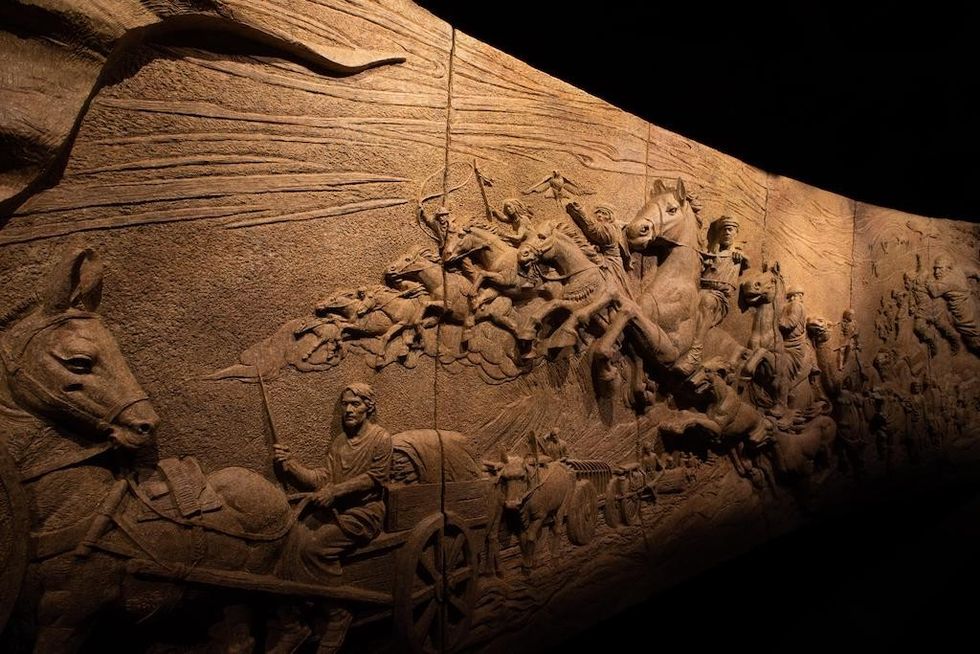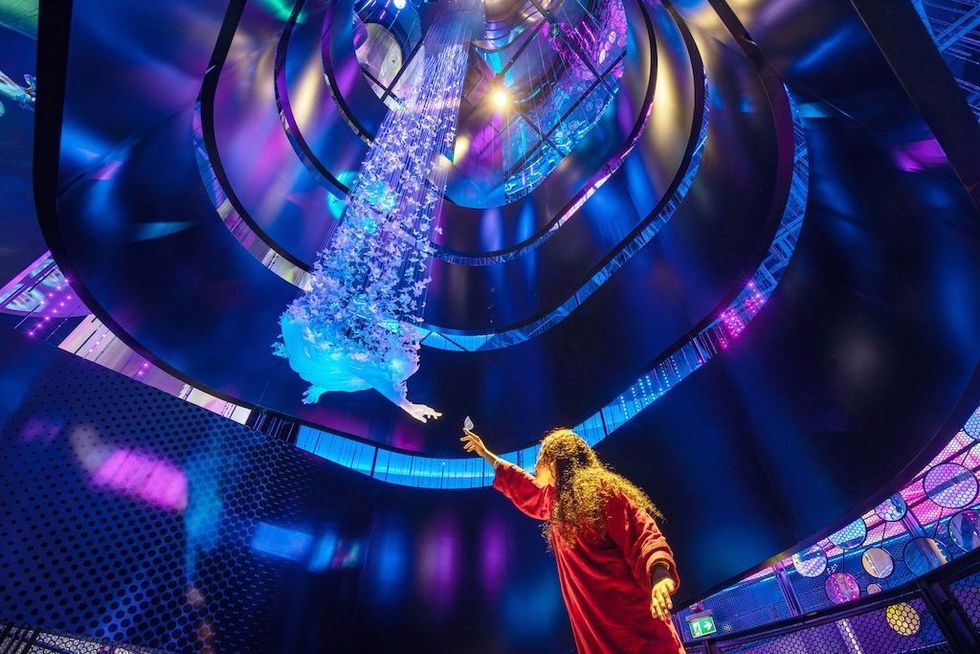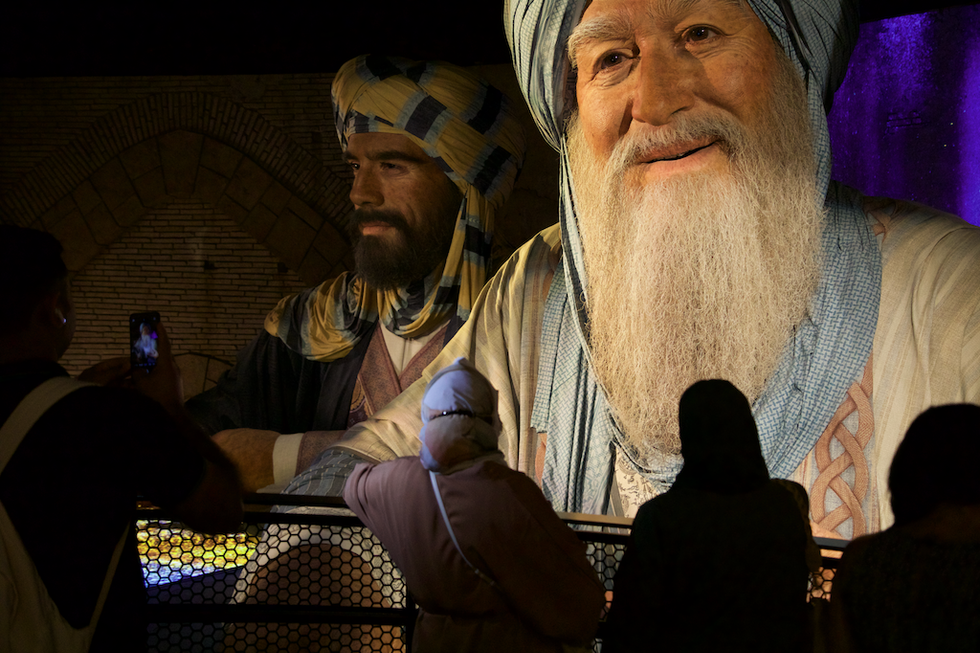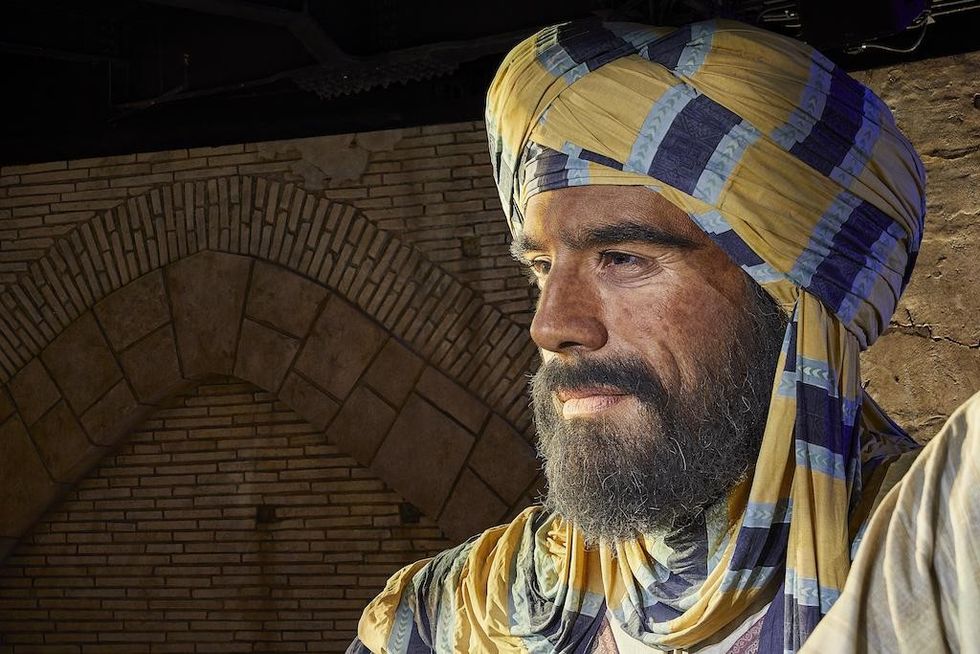Nancy Patterson,director of design and business development at OpenAire and Rick Coleman, founder and CEO of American Resort Management, discuss Epic Waters, a 70,000-square-foot water park at the heart of the Epic Central development in Grand Prairie, Texas.
This 90-acre, city-led development exemplifies how attractions can drive community impact and meet global sustainability objectives.
The development was launched with an initial investment of $90 million. It also includes The Epic, a 100,000-square-foot recreation centre offering inclusive fitness, arts, aquatics, and youth programming. An inclusive playground, supported by PlayGrand Adventures, was funded by donations.
As the flagship attraction, Epic Waters is the primary revenue generator. It powers the development’s ongoing expansion, which has seen the addition of hotels, restaurants, an indoor adventure park, trails, and a light show. The water park is enclosed under a soaring barrel vault aluminium structure from OpenAire, featuring a total of 36 motorised retractable roof bays. This keeps the park at a perfect 85°F (29°C) in any weather.
Epic Central is an example of how public-private partnerships can deliver on the UN Sustainable Development Goals, providing spaces that are financially viable, environmentally responsible, and contribute to community well-being.
Meet the experts
Rick Coleman is the founder and CEO of American Resort Management, a full-service hospitality development and management organisation that specialises in the operations of local municipal water parks, hotels, and destination resorts. It operates throughout the US.
Over the last two decades, Coleman has led over $2bn in development, including hospitality and tourism projects. Recently, he has focused on public/private partnerships with local governments in the hospitality industry.
Epic Waters Indoor Waterpark showcases Coleman’s success in such partnerships, with a focus on development, branding, and visitor experience. Under his leadership, Grand Prairie developed an entertainment district, with Epic Waters serving as its anchor.
This hub-and-spoke district serves as a model for other local agencies. Consequently, American Resort Management is now involved in six similar projects nationwide.
Nancy Patterson, director of design and business development at OpenAire, has been working on international projects in the entertainment industry for over 25 years. Her portfolio features prominent brands, including Universal Studios, municipal water parks and recreation centres, YMCAs, and private developments across the US.
An architect, business development executive, and creative thinker, Patterson champions OpenAire's sustainable projects through teaching and training to architects and developers across the US. With her additional strategic and operational planning skills, she is a key team member ensuring that every project reaches a successful completion.
Epic Waters
Epic Waters opened in January 2018, quickly establishing itself as a gold standard within the industry.
"It's a municipal project, but the goals it has achieved are applicable whether you're a city or not," says Patterson. "In fact, both public and private groups are now looking to replicate this exact concept."
It is, she says, a perfect example of how a water park can be more to a community and a region than just a water park. It’s part of a broader development that aligns with the United Nations Sustainable Development Goals.
"The facility delivers so much more to the community it serves. It’s about education, equality, accessibility, job creation, partnerships—all of it."
Grand Prairie is a suburb of Dallas-Fort Worth.
"When Grand Prairie approached us, they already had a facility called The Summit on the site. This opened in 2010. It’s a beautiful recreation centre for residents aged 55 and over. However, what they lacked was a recreation facility for the rest of the community. And back then, in 2013, Grand Prairie wasn’t a particularly high-income area."
The city had a vision to build something that would be a true asset for the community. "But they knew they needed an attraction with broad enough appeal that regular, paying admissions could help make it truly affordable for local residents," says Coleman.
"When we got involved, Grand Prairie had around 150,000 to 160,000 residents. Now it’s grown to over 200,000. However, even in smaller communities, where we’re currently working, the principle still holds. Because we’re drawing visitors from seven or eight hours away, over more than 100 days a year, the economics of the main attraction allow us to build these sustainable, resident-focused amenities around it.”
The master plan
The plan was centred around the site surrounding The Summit property, including an already operational pond.
"The city wanted to build a recreation centre for all ages, meaning it would be very accessible to the community, with all the bells and whistles you’d expect from the best recreation centre designs in the world," says Patterson.
They also wanted a financially profitable water park—Epic Waters would be the revenue-generating entity on the site. "In addition, there was what they called the Grand Lawn, and then there was something called PlayGrand Adventures. This was developed at the same time we were designing the rest of the project, but it was its own piece of the puzzle, set up as a nonprofit by the city."
This is a 10-acre all-inclusive playground for all ages and abilities. "It’s really taken off," adds Coleman. "Everything on this campus has far exceeded any projection."
The master plan included a 70,000-square-foot indoor water park, a 40,000-square-foot outdoor wave pool, and approximately 100,000 square feet in footprint for a recreation centre, as well as PlayGrand Adventures.
"There were a few interesting things done with the various elements, but in general, that was the starting point," says Patterson. "When we began looking at this project, the city had very clear goals, especially financially. In 2018, a $90 million budget was allocated for both the water park and the recreation centre. At the time, it was split roughly in half for the water park and the rec centre."
A careful approach
Specific financial goals needed to be met to make this happen.
The city had an opportunity based on how Dallas Rapid Transit was structured, explains Coleman. "When it was created, cities could choose to opt in or opt out. If you opted out, you could take two one-eighth-cent sales taxes and combine them into a one-quarter-cent tax. That money was originally intended to go toward Parks and Rec, and the city was able to float bonds against it.
"The citizens overwhelmingly supported this. About 70% voted in favour, saying they were willing to take on this venture together and see where it went. And that’s what we used to finance the project.
"Epic has been so successful that we now have four other cities in various stages of the process. Not all of them are using the same financing model. There are a variety of mechanisms we’ve developed that municipalities can use depending on their circumstances.”
The team, he adds, took a 'belt-and-suspenders' approach:
"We had a great market study for the water park that said, ‘This water park makes sense in this market.’ And the city knew they wanted the rec centre to go with it. The idea was that the water park would spin off enough net operating income to cover any shortages happening at the rec centre.
"The belt-and-suspenders approach was to phase this and do it in a logical way—create substantial attendance numbers first. And those attendance numbers are what brought in all the private development. Over 2 million square feet of private development has happened around us since we opened. So, we took our time."
Expanding Epic
Initially, safe and conservative projections were used, and all of them have been exceeded.
"But when we’re talking about big-picture sustainability, about making a truly self-sustainable project, we're also talking about partnerships, creating jobs in the community, lifting people out of poverty, and making things accessible," says Patterson.
"Some of those goals align with a very low cost of entry, and some of them don’t. The idea was that Epic Waters would be a revenue-generating opportunity, yet still accessible to members of the community who couldn’t necessarily afford it, through church groups, social organisations, schools, and so on.
"You’re still building something that generates revenue, supports itself, and also helps sustain the other facilities."
Another critical point is that the city's goal for the project was not only to be self-sustaining but also to reinvest any generated funds in the facility. "That way, it could be reinvested into future upgrades, renovations, whatever was needed."
"That was made clear to us from the beginning," says Coleman. "It took us two years of solid attendance before we started seeing private developers wanting to gobble up the land around us. By year four, we had expanded to over a million square feet, 100% leased.
"That’s also when the city felt comfortable enough with the rest of the campus to move forward with the two hotels, five restaurants, and this amazing fountain show. And all of that is owned by the city—we just do lease agreements with everybody. We’re still managing our master campus and ensuring we stay true to the city’s vision and mission statements."
Social goals for Epic Waters
Patterson says:
"I remember the director of Parks and Recreation saying to me, ‘I can’t ever have a child arrive on this site, see the water park, and not be able to afford to go in it.’ He said, ‘It is so important, when you build in a low-income community, to make an accessible place for everyone, no matter what socioeconomic class you come from.’
"At the time this was built, some of the things included were, interestingly, slides in the rec centre. The whole purpose of those slides was that, although the water park would be made accessible for lower-income families on certain days, through schools, churches, or other programmes, they needed to have some slides in the rec centre.
"That way, if you were a local member of the rec centre, part of the community, or lived nearby, there would be something for you."
The facility is a world-class recreation centre:
"It’s 120,000 square feet, half fitness, and the other half focused on the mind," says Coleman. "We’re trying to create a sense of community. There’s a performance art theatre, recording studios, a culinary academy, and a radio station."
The water park, too, was built as a world-class destination. The city was determined that every citizen would have the opportunity to experience Epic Waters.
"The citizens of Grand Prairie, even at the busiest times like spring break or summer, pay no more than about $24, while our normal attraction price might be $64. And there are plenty of days when we get them in for $9.
"That’s because the city, as long as they’re getting their net operating income to cover debt service and a little bit for expansion, puts all the money back into the community."
Bringing people together
Additionally, the Grand Lawn, an outdoor space, ties the two buildings together.
“It’s even gone beyond what was originally designated as the Grand Lawn. Now, with the fountain shows and the restaurants on the other side of the water, it encompasses the entire Epic Central campus," says Coleman.
"It’s all about—and I can’t think of 99% of anything we do that isn’t—a non-ticketed event that’s free for the entire State of Texas or even people from across the country."
It’s programming that’s bringing families back together, allowing them to spend quality time together. "It can be anything from a concert to a cultural festival to a pizza festival. It’s just constantly activating that space.
"Again, the sustainability of Epic Waters is providing a tremendous amount of the funding that’s allowing us to do all these amazing things.”
Finding inspiration for Epic Waters
During the research stages of the project, the team from Grand Prairie City toured several water parks in the US. This included the Jay Peak Pump House indoor water park in Vermont, a key feature of which is the OpenAire aluminium retractable roof building.
“They had been through a number of indoor water parks, and they just didn’t like the typical setup," says Coleman. "It felt like a warehouse with water slides in it. There was a lack of natural light, the air quality was suspect, and they were struggling with that.
"When they arrived at our resort in northern Vermont, they realised that this was a better approach. At that point, we were only two years old in Vermont, and we were already starting to see realised savings on operating costs—being able to turn off lights, run only a certain number of air handlers at a time, and still achieve the necessary airflow."
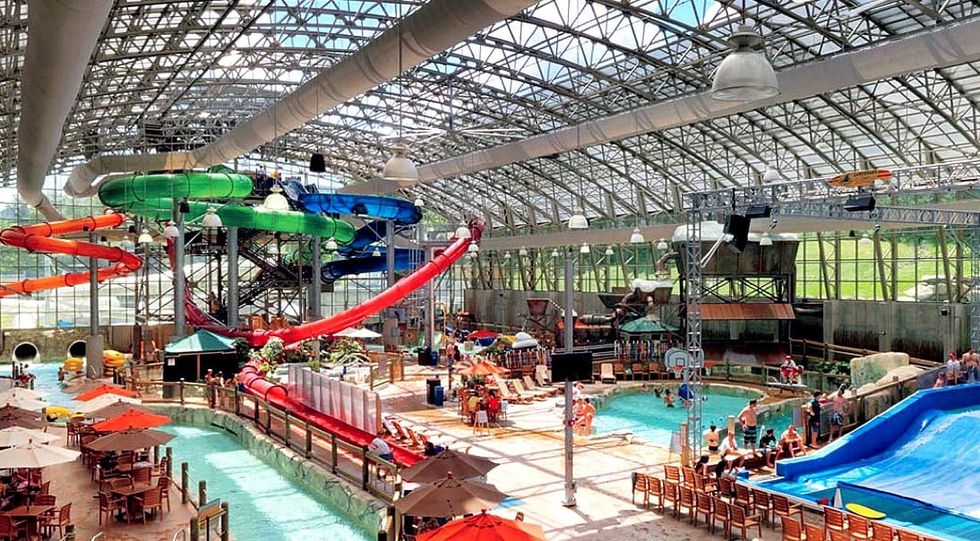
"But more importantly, if you interviewed 100 parents coming out of some of our competitors, they’d say, ‘Hey, our kids had fun, but we felt like we were penned up in a warehouse with no light.’ Whereas at our facility, parents were bragging about how refreshing it was to see natural light all day.
"The building in Vermont and Epic Waters in Grand Prairie—Grand Prairie’s is eight years old now—we haven’t spent a dollar on the building since it opened.
"We’ve spent CapEx dollars on pools, slides, and a few other things, but the building itself has cost us nothing. And that’s impressive, because if you do some research in the market, you’ll find that a lot of these indoor water parks using traditional building materials end up needing renovations pretty early on.”
Crafting the guest experience
The city was also looking for something that they could keep open year-round, "Even on those Tuesday afternoons in the middle of the school year when nobody’s in the park. One of the things we were focused on was capacities, sight lines, sizing of attractions, all of that," says Patterson.
"The city was gung-ho about having some first-of-their-kind slides, which we were able to accomplish. However, I recall numerous conversations centred on planning, what goes where and why. That’s a crucial component of the puzzle. Especially having the operator at the table during that design process."
The focus, says Coleman, needed to be on the guest experience:
"You’ve got to recognise that not everybody’s getting in the water. What are you going to do with those who aren’t getting in the water throughout the day? And what about those who only go on one attraction all day? Are you covering all your age groups?
"We were using the term 'cruise ship on land'—this was 15 years ago. You've got to have programming that goes all around these pools and slides. So, we built all that in.
"And as marketing becomes more challenging every day, it’s about word-of-mouth advertising. We had to create a facility that people would go out and brag about, bringing in our next customer. And it’s happened. I mean, it’s been explosive."
Making the Epic Waters vision a reality
In 2024, there were approximately 1.7 million visits to the campus, according to Coleman. "And it’s because of this community we’ve created."
"One of our visions was to create a hub-and-spoke tourism model, where you could stay for your hub, and then explore the rest of the Metroplex. You can stay with us for three or four days—spend a day at Epic Waters, a day at Epic—but keep staying in our hotels, come back to the restaurants, go hit Six Flags, go down to downtown Dallas. And we keep adding strategic partners that blend into that.
"I sit there at spring break every year, and I open the door for guests for three or four days. You’re blown away when a young kid starts crying and says, 'Oh my God, I’ve been wanting to come to Epic Waters my entire life.'"
These regional destinations will become increasingly important: "We can build these all around America. Look, you can still go to Orlando. But these can be just as magical, and they can have all the components that you experience in Orlando. They can all exist. We’re proving it."
Patterson adds: “And we’re proving it in a small community. It's exactly as you said here: designed and operated as a world-class destination. That’s the key.
"There’s this idea that when you build something municipal, all of a sudden it’s basic, not that interesting, and not that exciting. And I think this changes the perspective on that."
What's next?
In terms of future plans, Coleman says:
“We had budget constraints when we were building Epic Waters, and we didn’t put a roof over the wave pool because we just couldn’t go all the way out. And so we’ve always wanted the roof over the wave pool.
"That would allow us to increase our instantaneous capacity to 2,500 or 3,000. And we’re self-funding it. It’s all been from the NOI that we’ve given back to the city—there’s no additional debt going on the property. We’re self-funding that expansion: putting the roof over the wave pool, more seating, another children’s area, getting year-round use out of that wave pool.
"And then, at that point, we do need some outdoor elements. It gets a little toasty here 100 days a year. So the next phase of expansion after that is to bring some outdoors to our indoor water park.”
The Epic facility, with all its adjacent amenities, is truly a destination. "And there are cities across North America looking to do the same thing," says Patterson. "I think the big takeaway for others—whether it’s municipal or not, whether it’s a public-private partnership or entirely private—is that you don’t have to have it all on day one.
"You can build something—even in a small community—that attracts people."
Coleman adds that the project is opening eyes in many communities to the idea that a major attraction—that would typically be a privately owned, for-profit entertainment anchor—can actually be municipally owned.
"And if it is, it can become both a community asset and an economic catalyst that helps build out an entire entertainment district. It can serve both, as long as you have a shared mission and vision."
Insights from greenloop 2025
This conversation was included in greenloop 2025, blooloop’sannual online conferencefor sustainability in visitor attractions. This took place online on 13-14 May 2025.
greenloop informs and inspires withtop speakers,cutting-edge science,and practical insights. The event is available to watch on demand. (Attendees, you can view for free. Watch out for the code in your email or contact events@blooloop.com)
Catch up on greenloop 2025
hereCharlotte Coates is blooloop's editor. She is from Brighton, UK and previously worked as a librarian. She has a strong interest in arts, culture and information and graduated from the University of Sussex with a degree in English Literature. Charlotte can usually be found either with her head in a book or planning her next travel adventure.


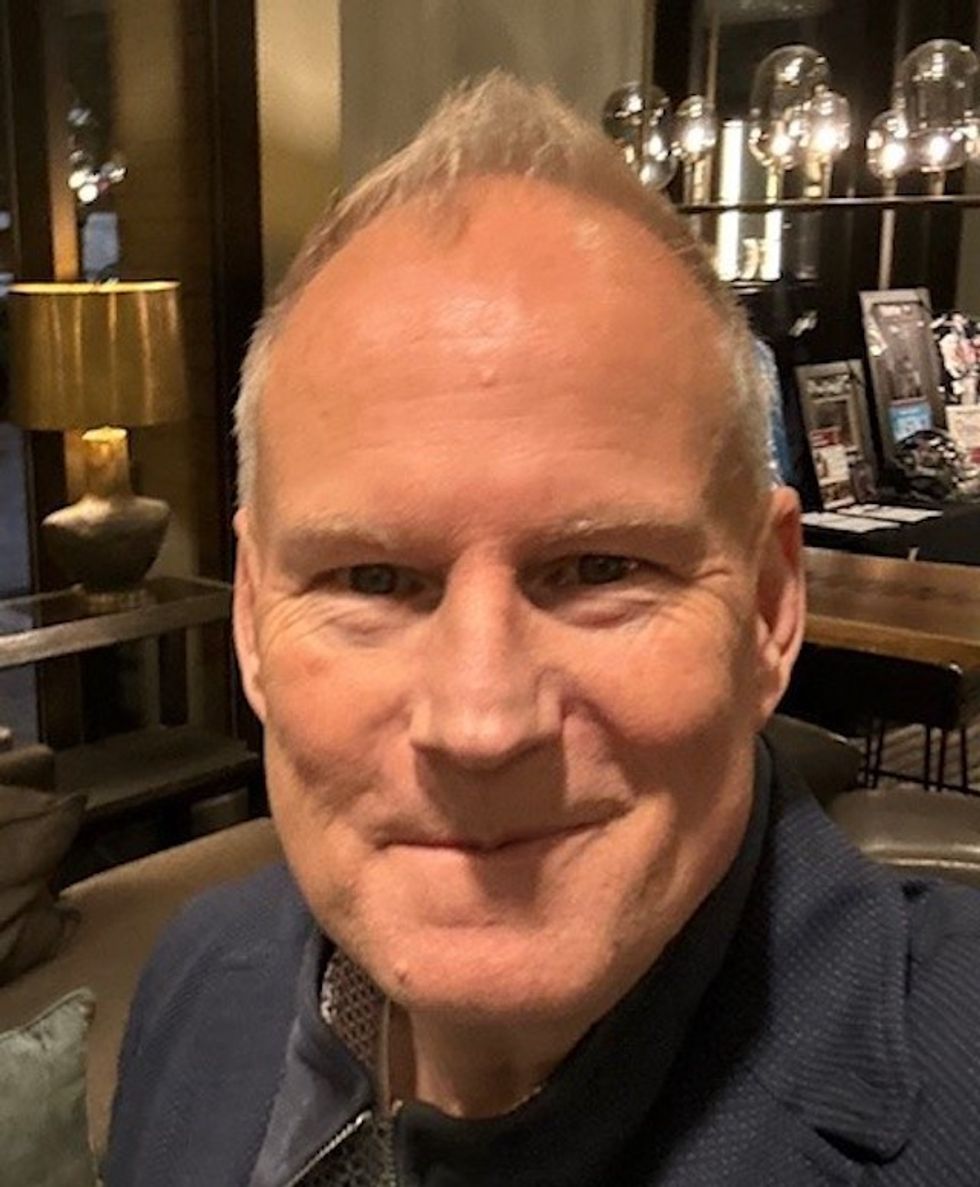

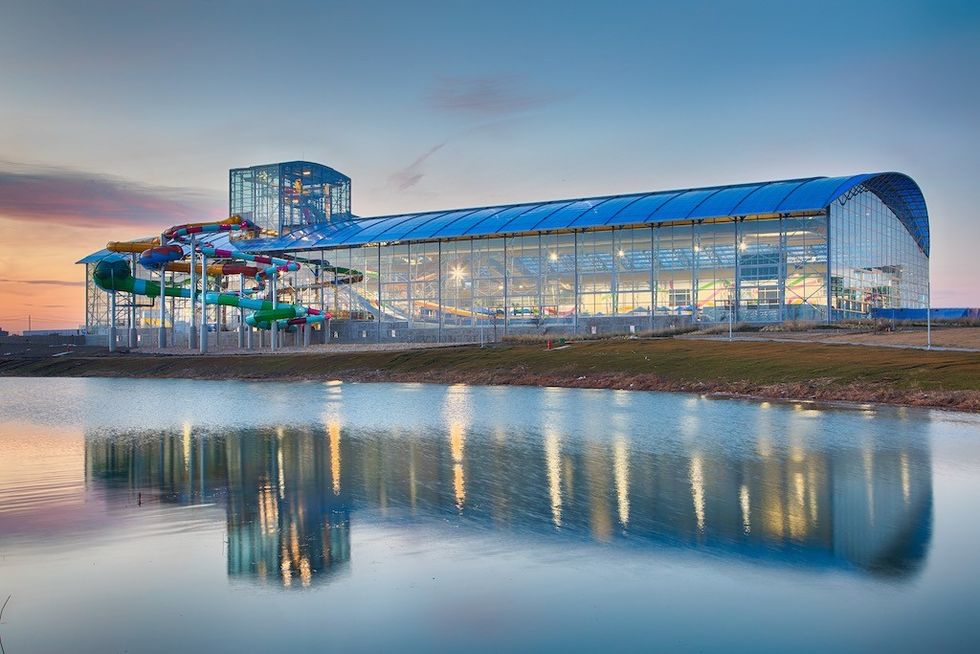
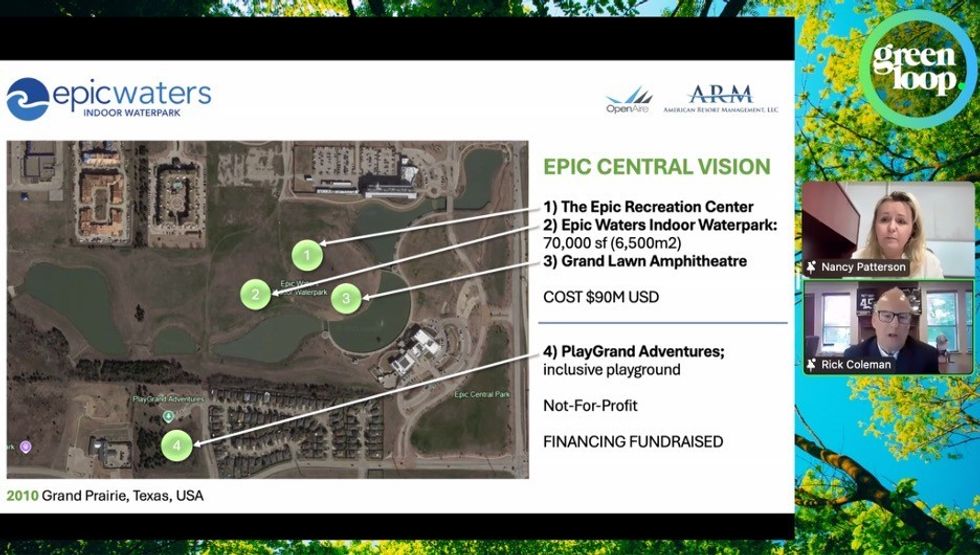
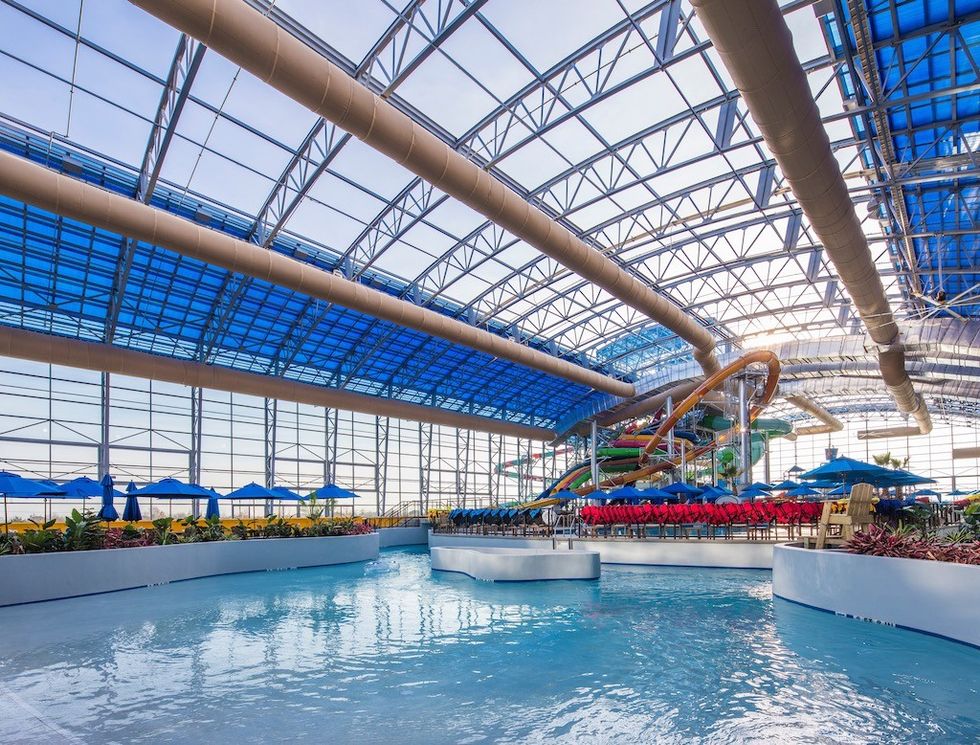
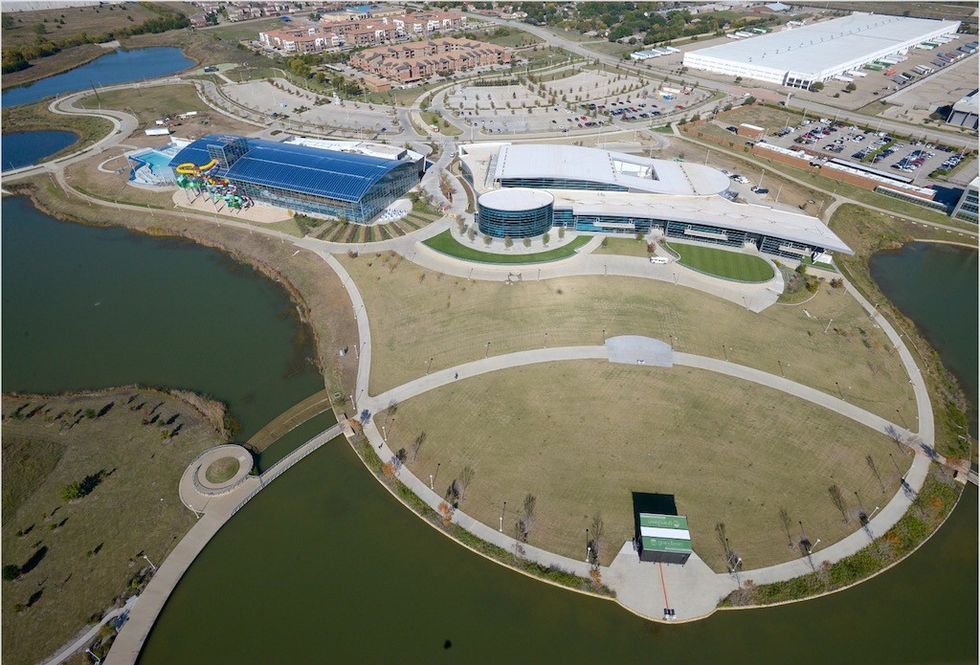
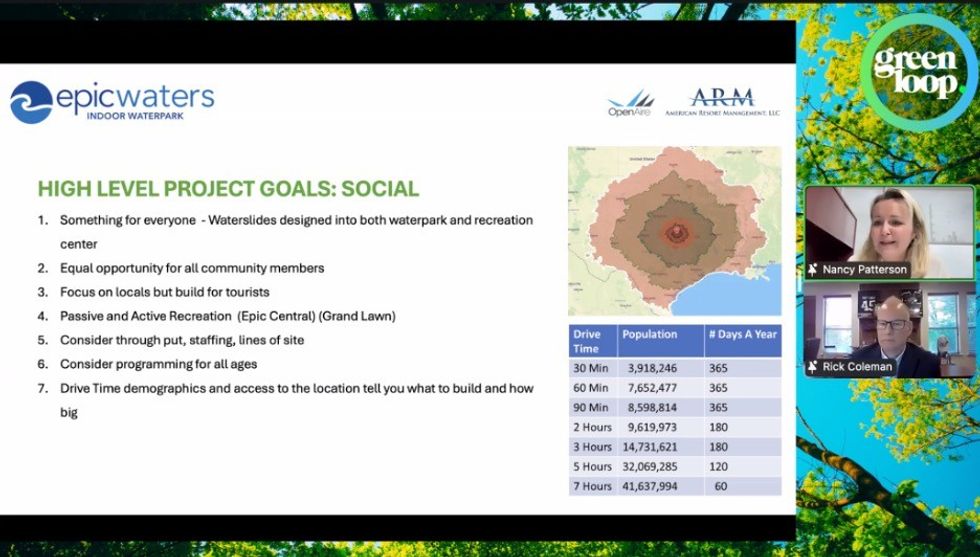
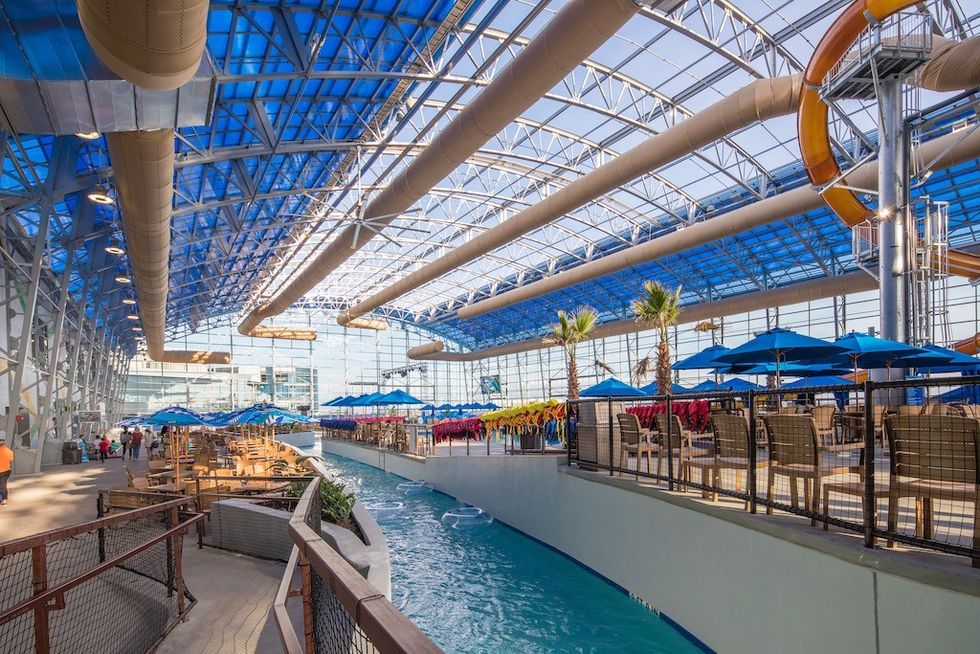
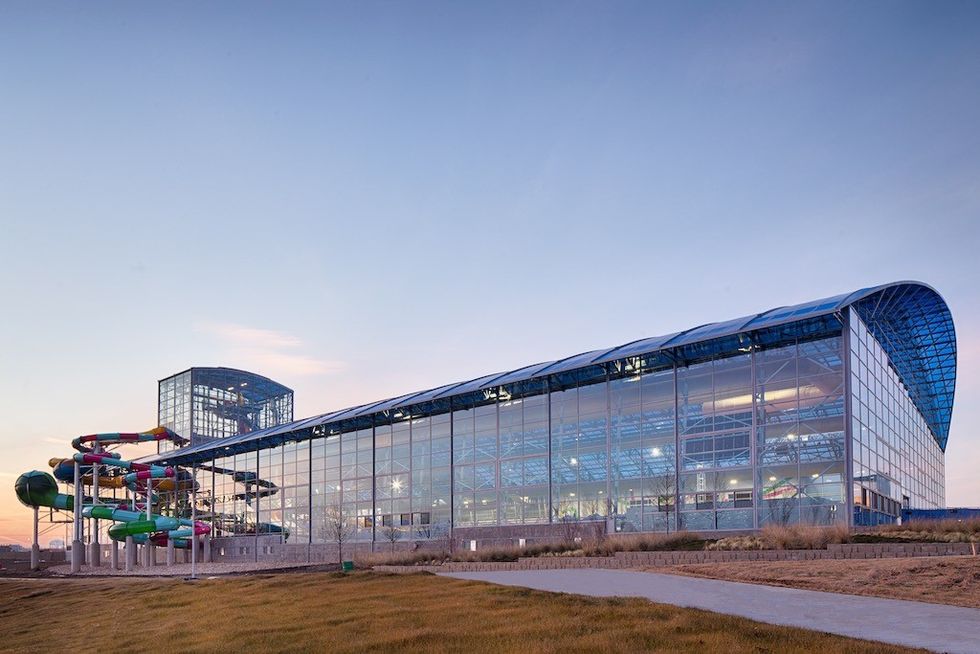
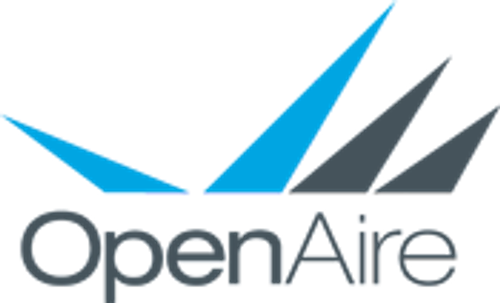
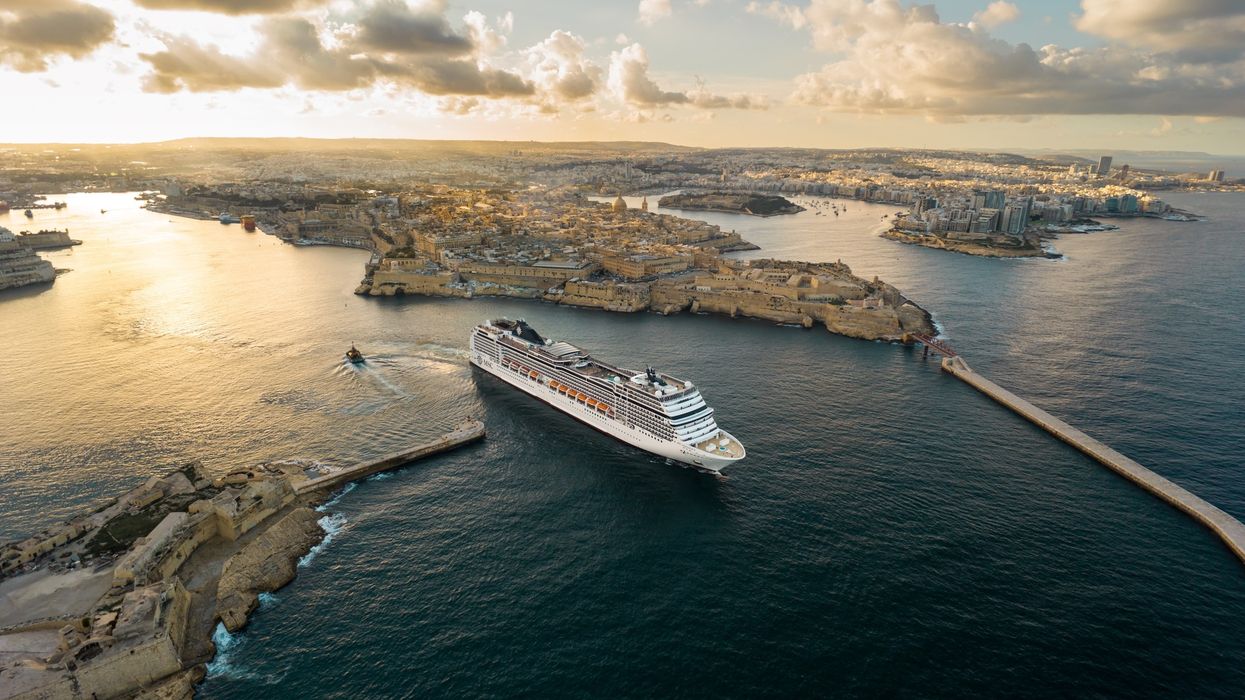
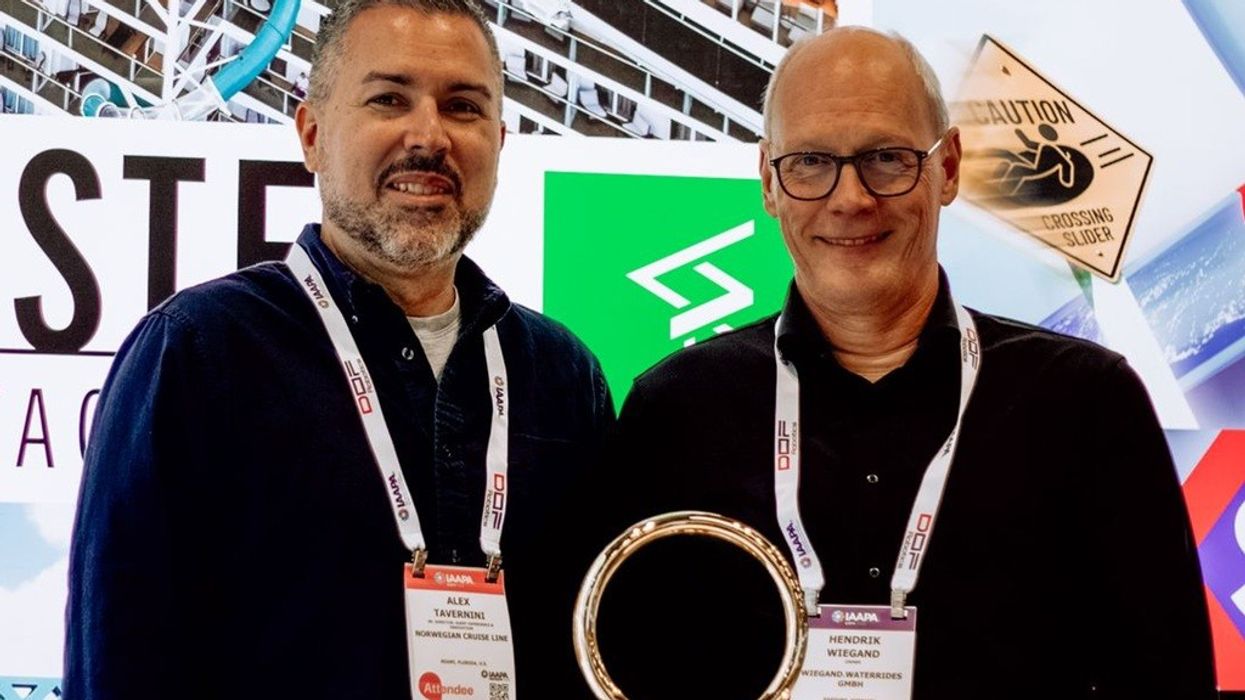
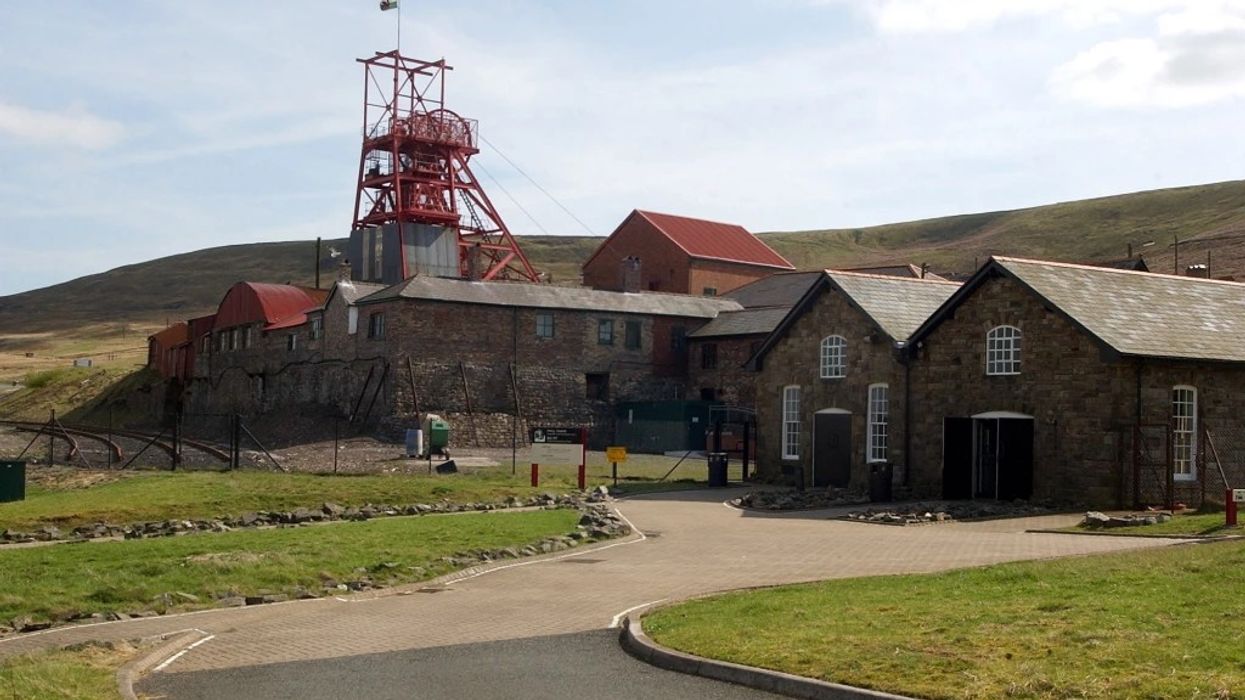
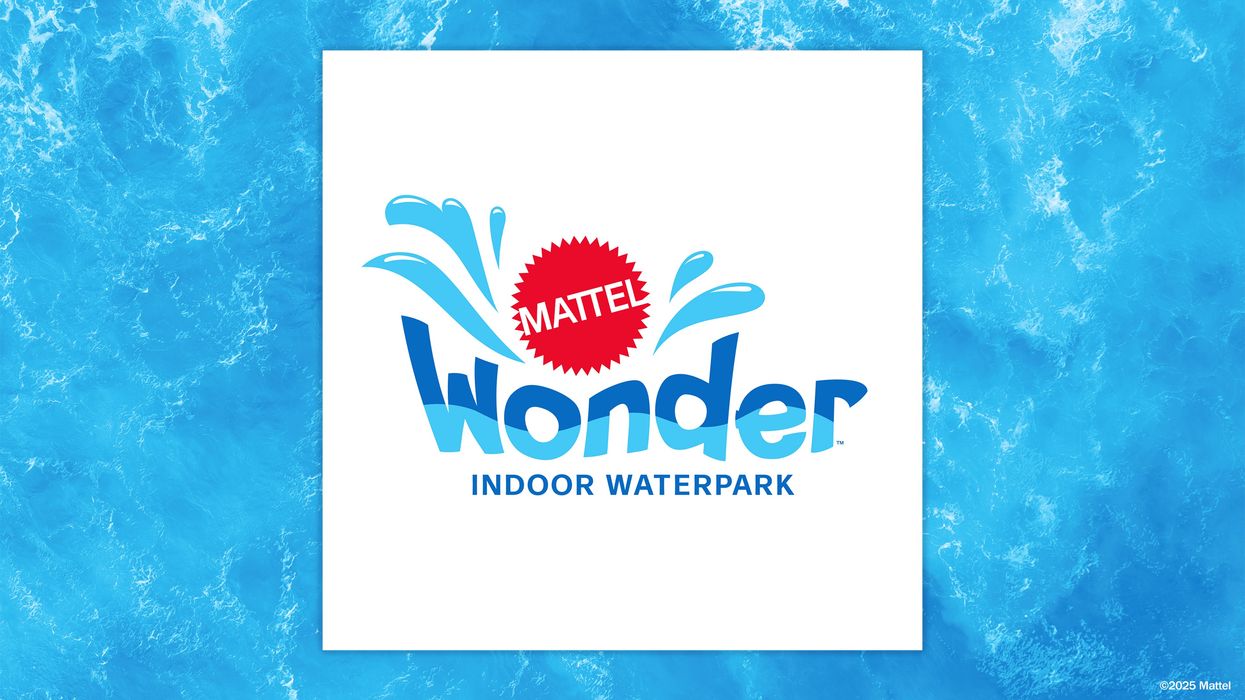
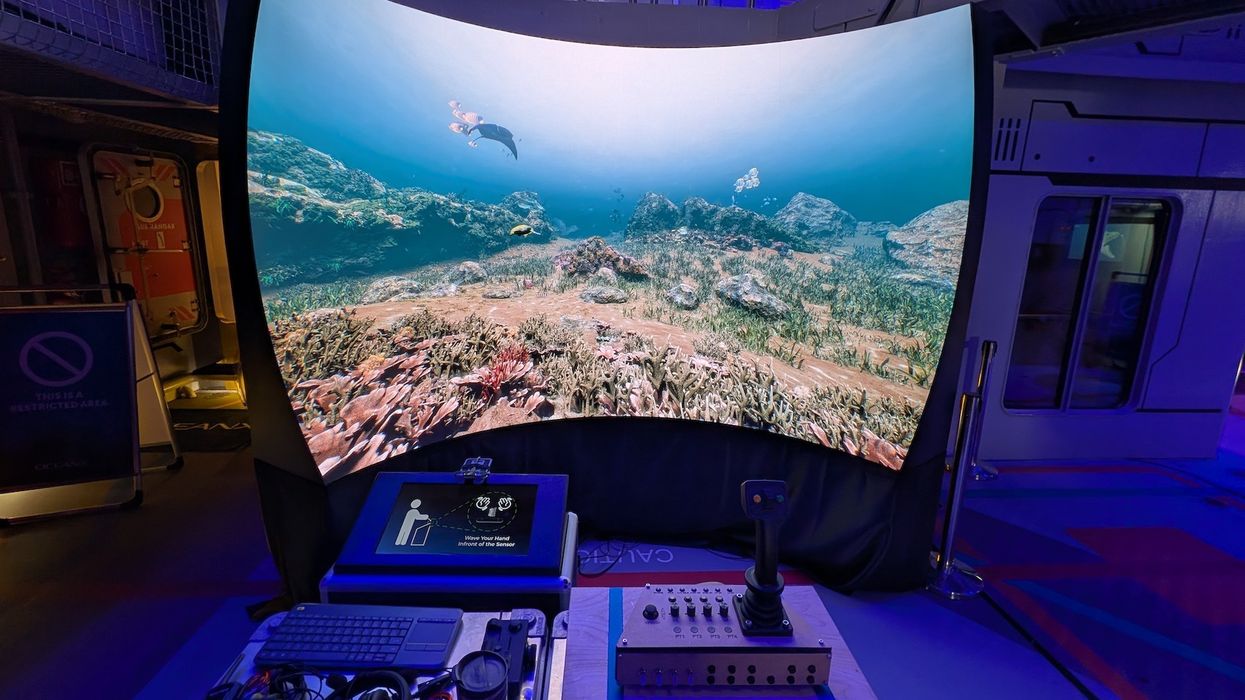
 TM Lim and Adam Wales
TM Lim and Adam Wales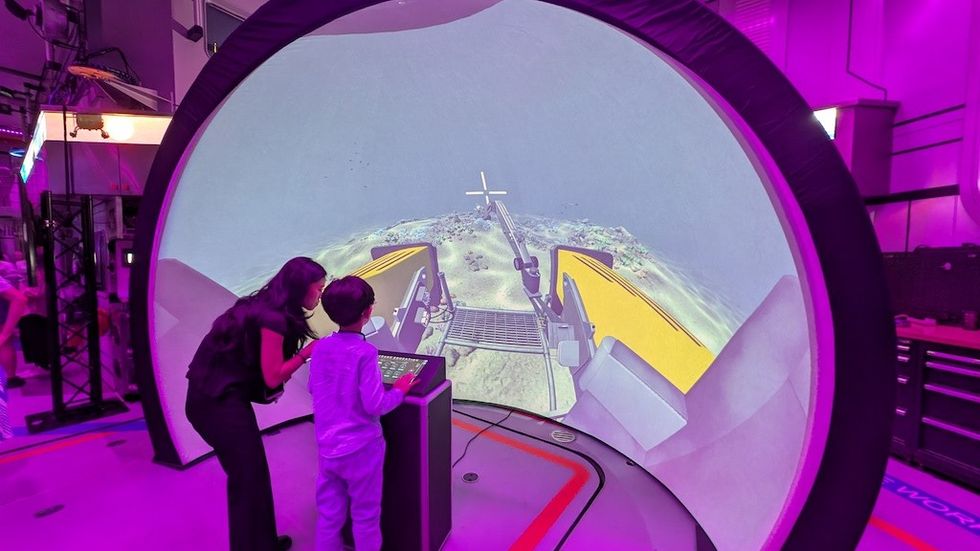
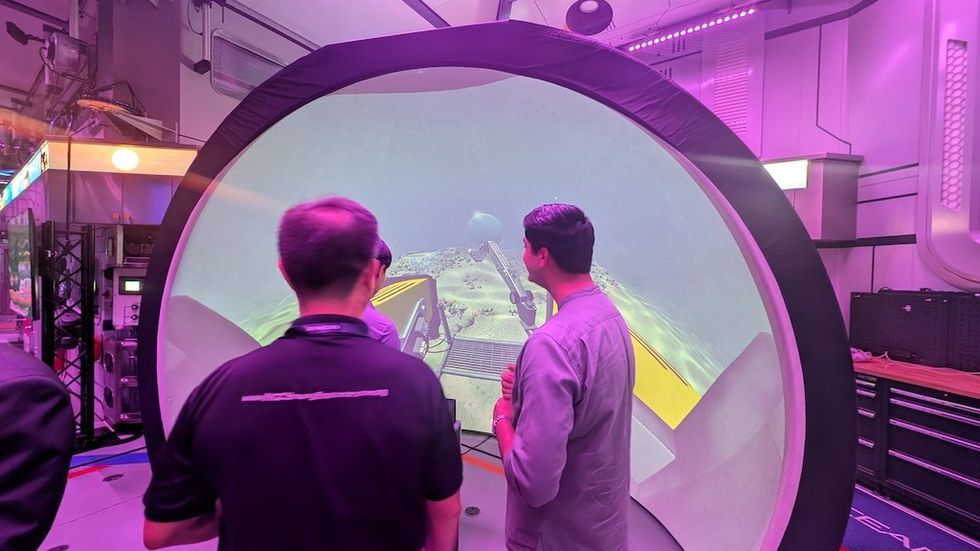
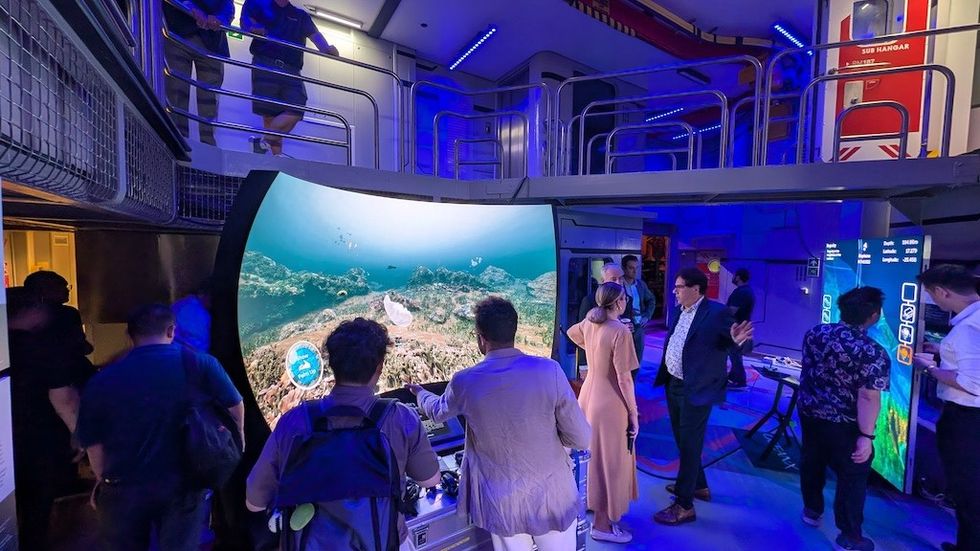
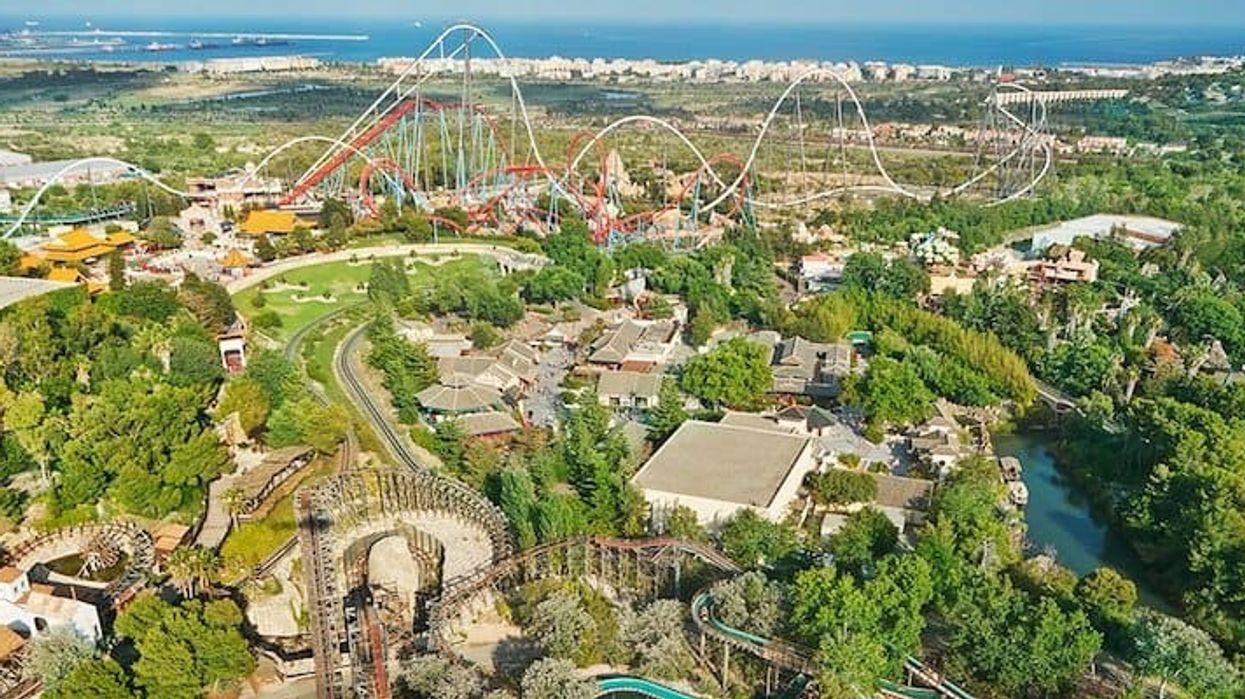
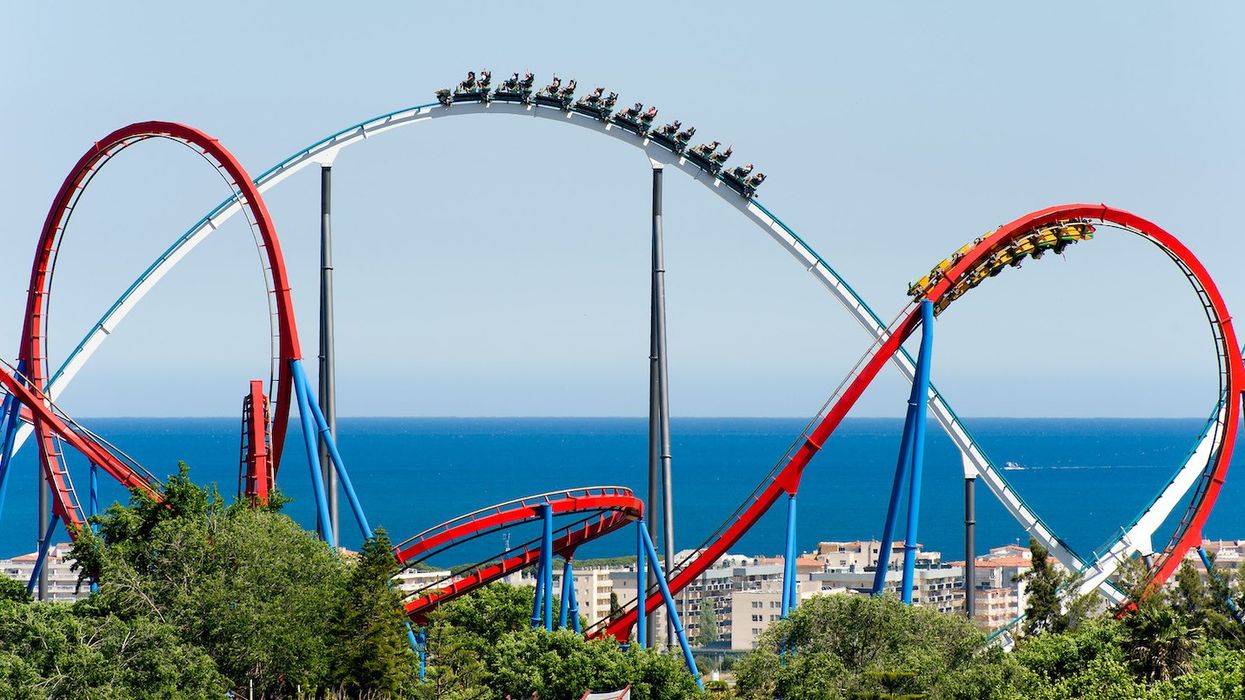
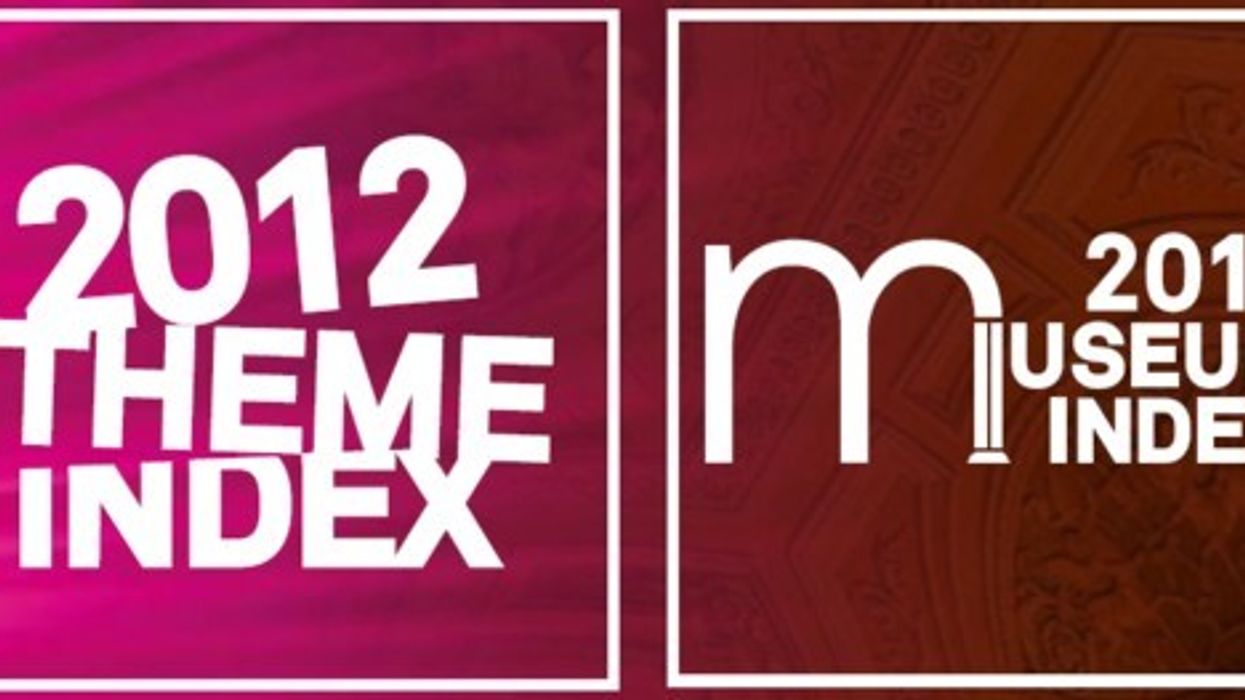
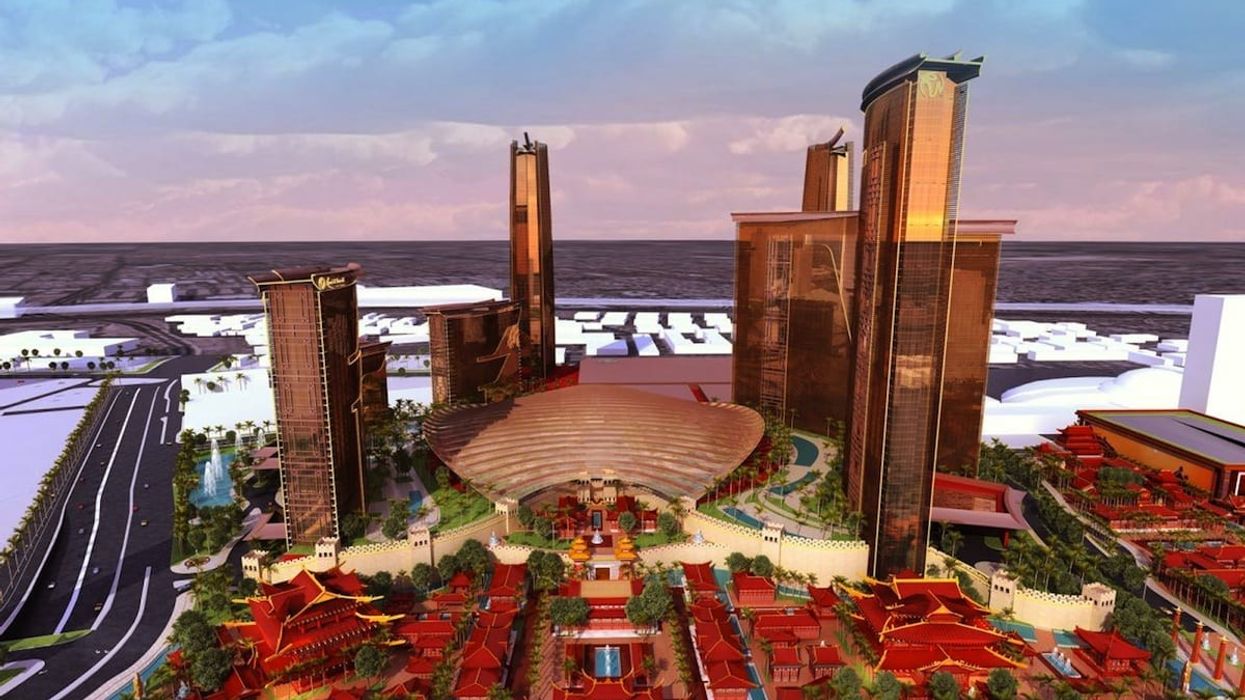
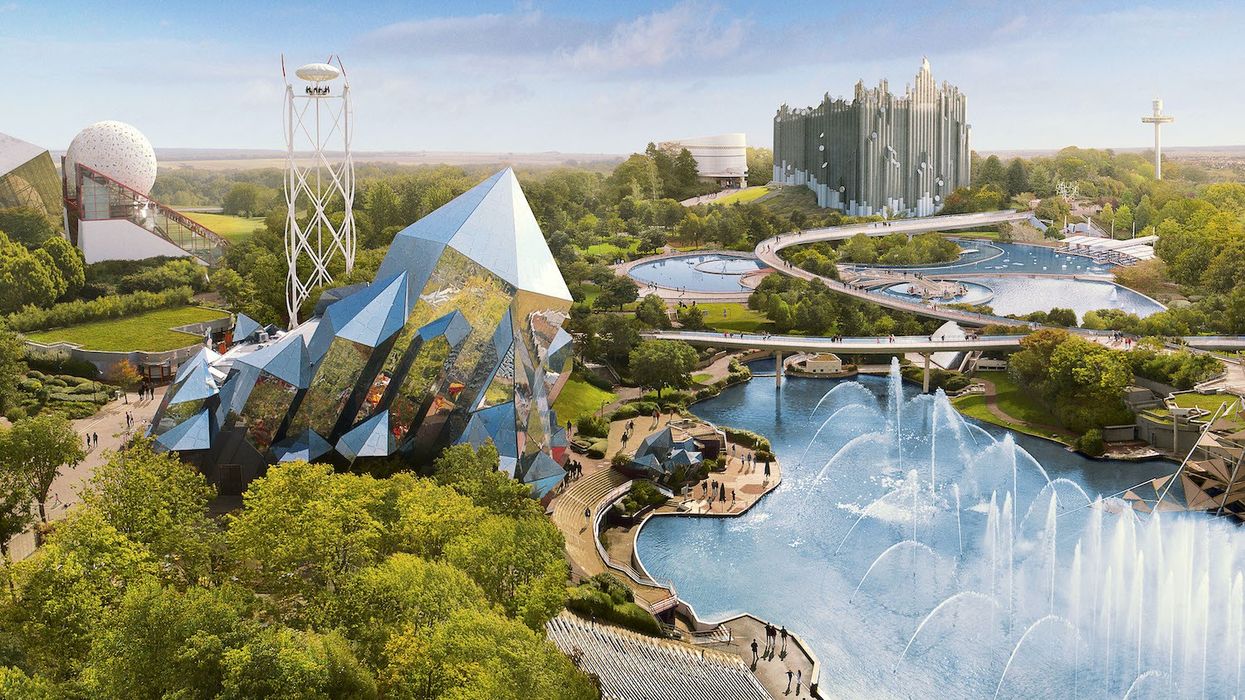
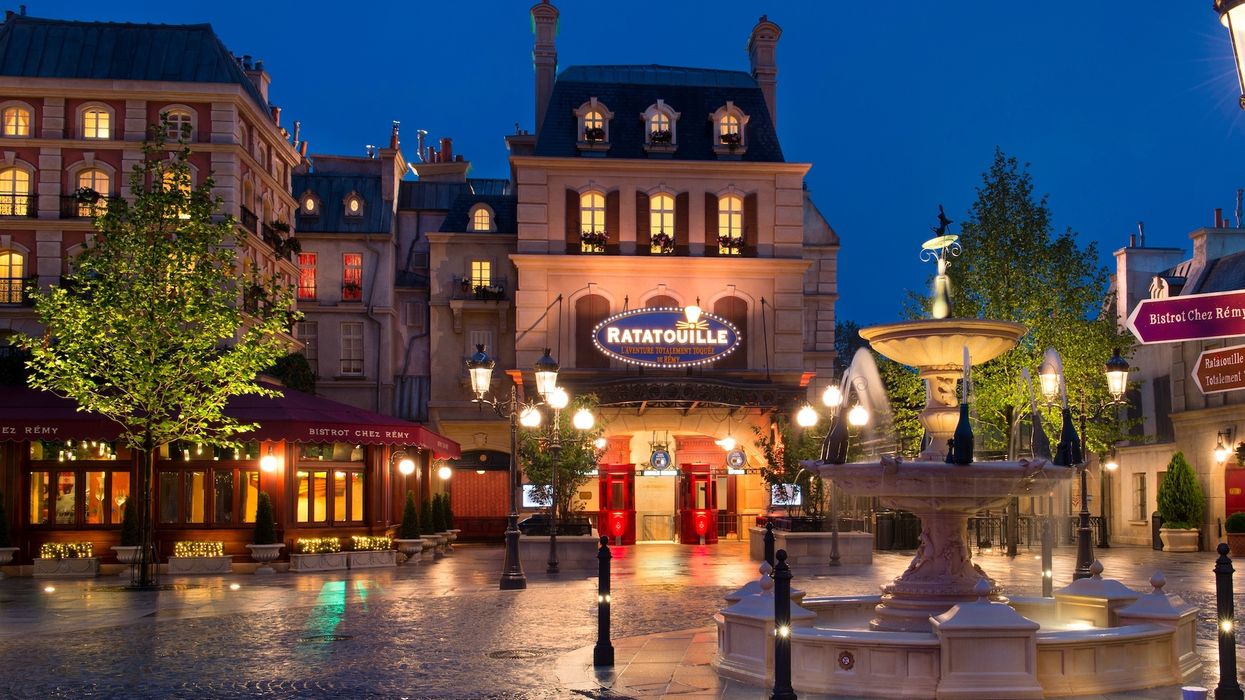

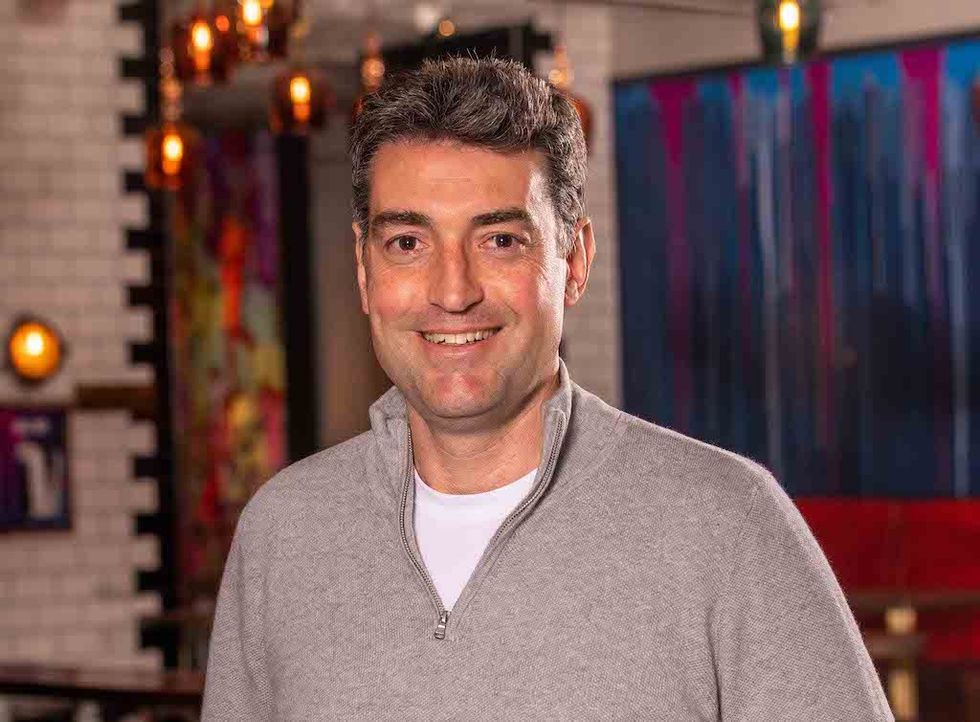 Toby Harris
Toby Harris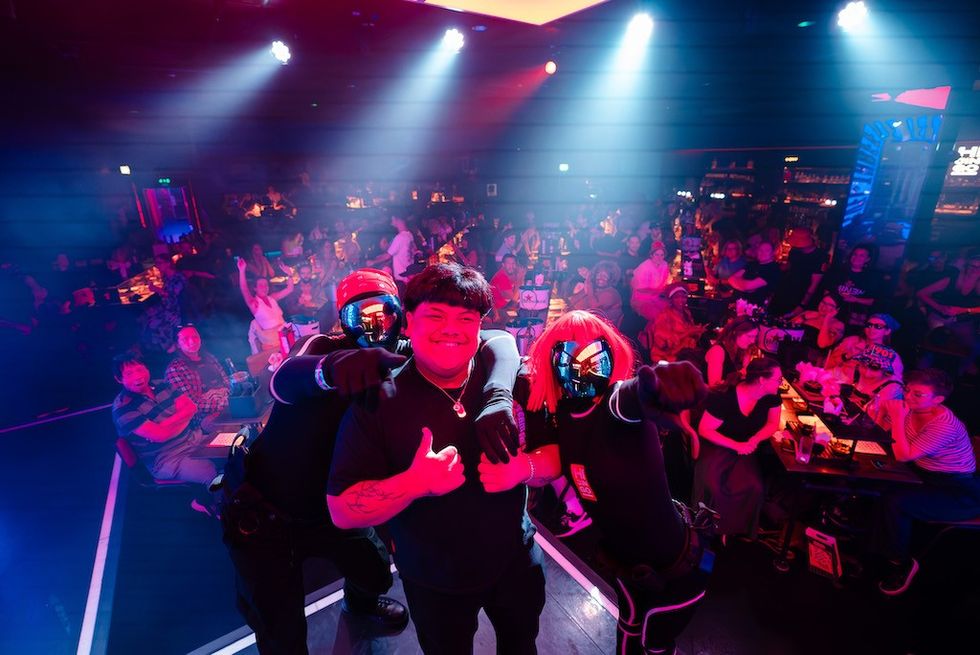 Hijingo
Hijingo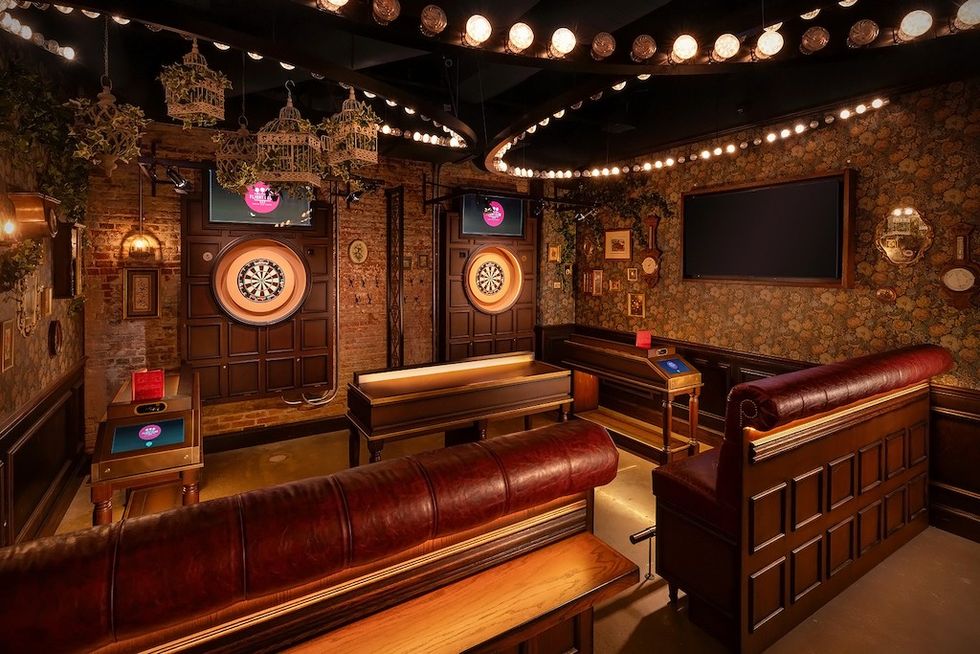 Flight Club, Washington D.C.
Flight Club, Washington D.C.
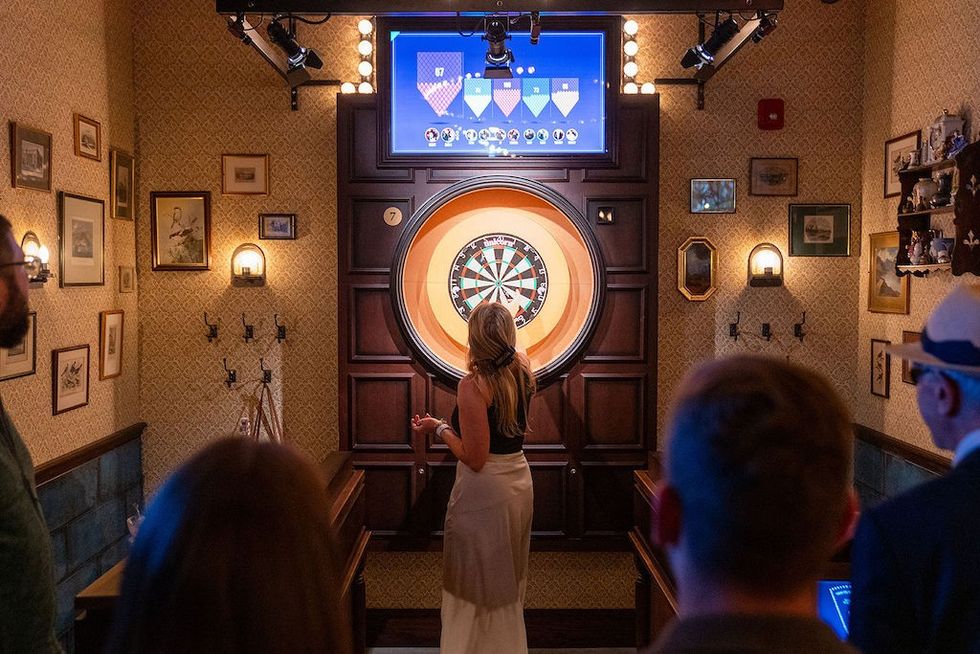 Flight Club Philadelphia
Flight Club Philadelphia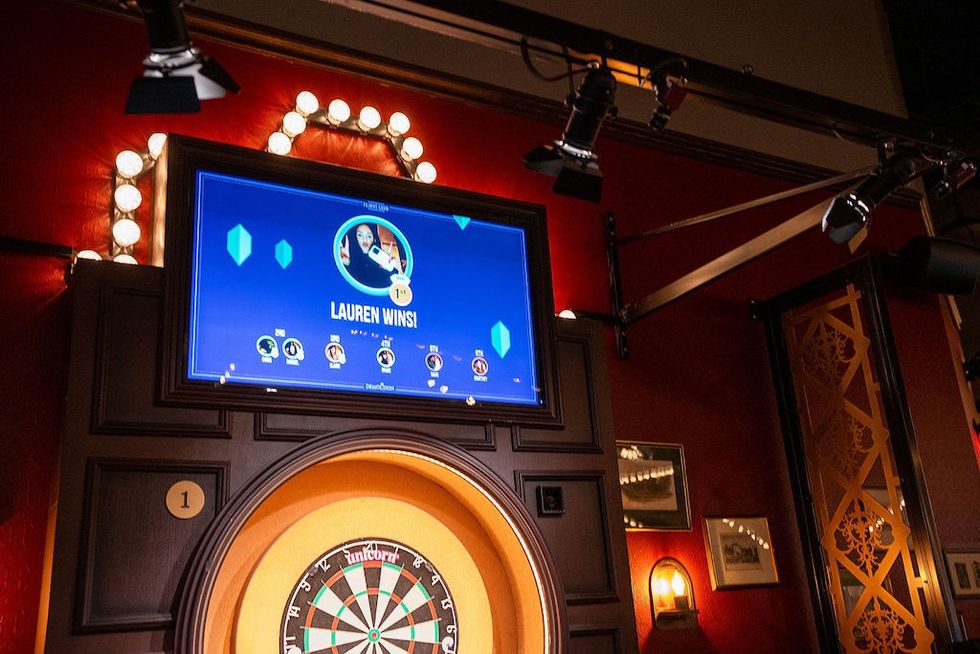 Flight Club Philadelphia
Flight Club Philadelphia Bounce
Bounce Hijingo
Hijingo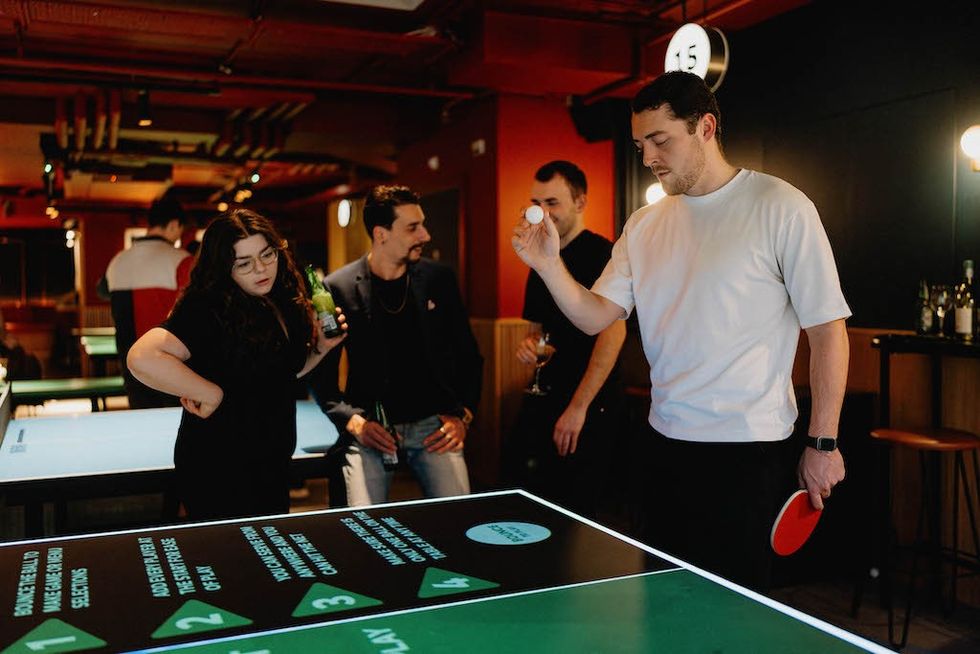 Bounce
Bounce
 Fernando Eiroa
Fernando Eiroa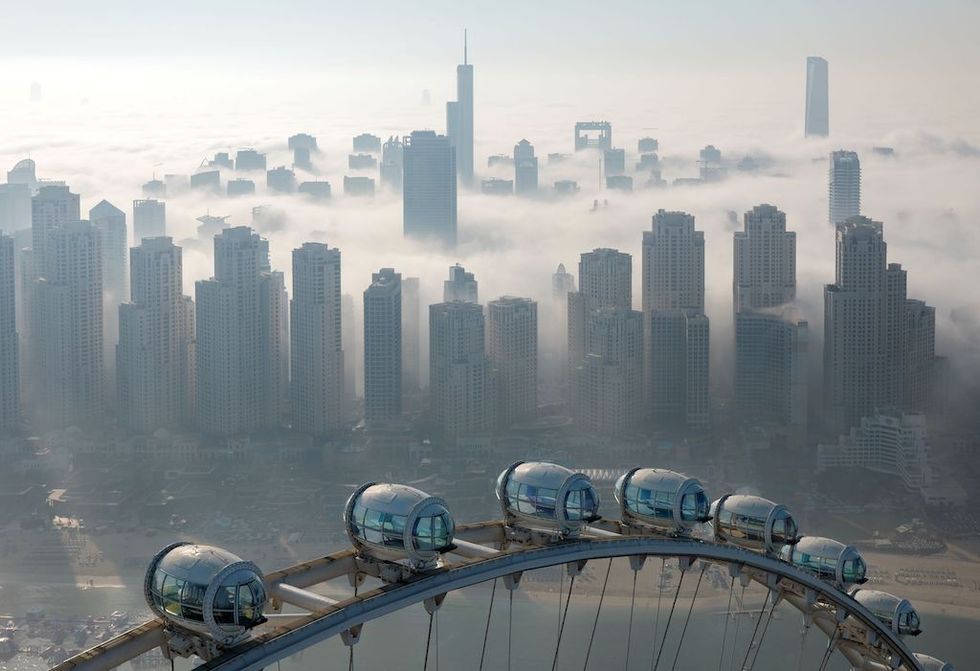
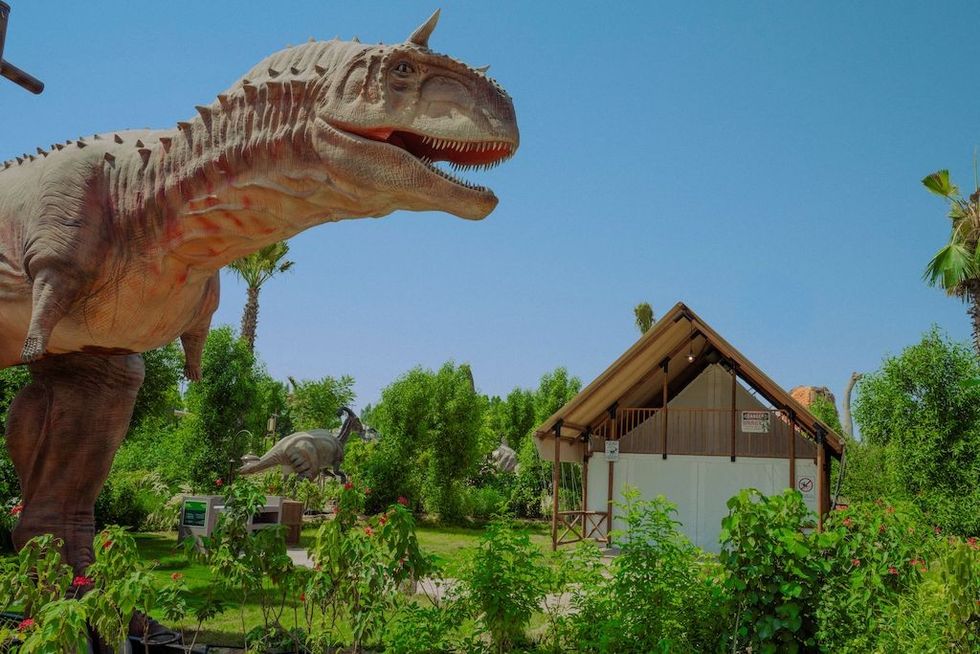
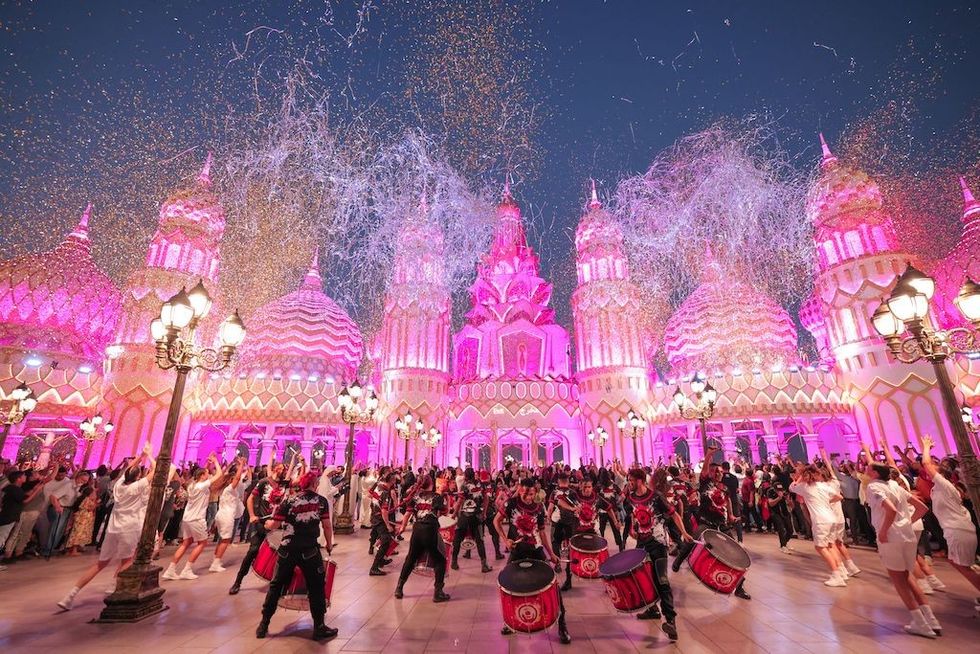
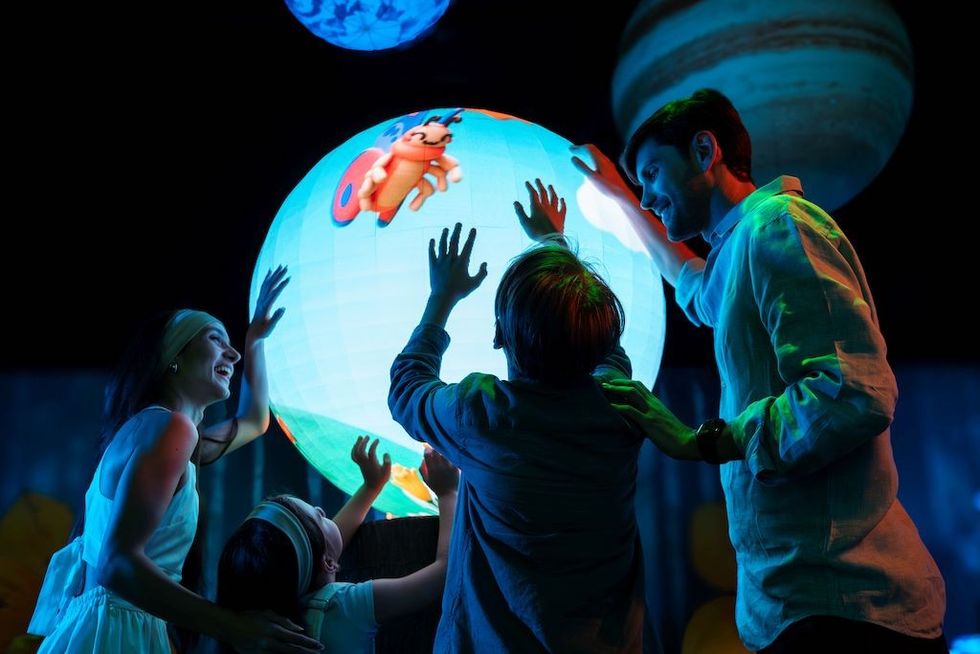



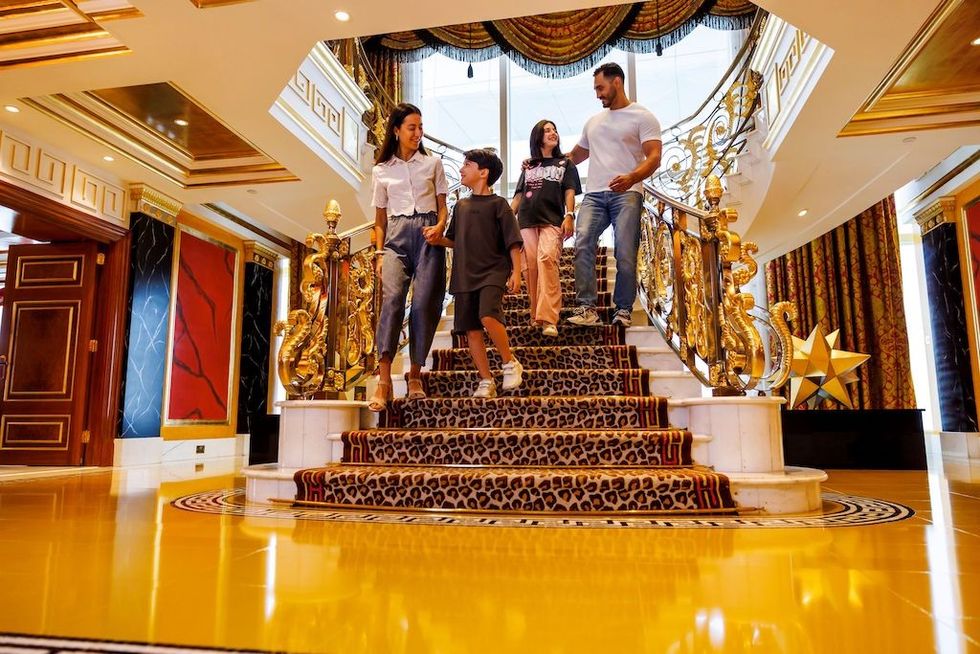

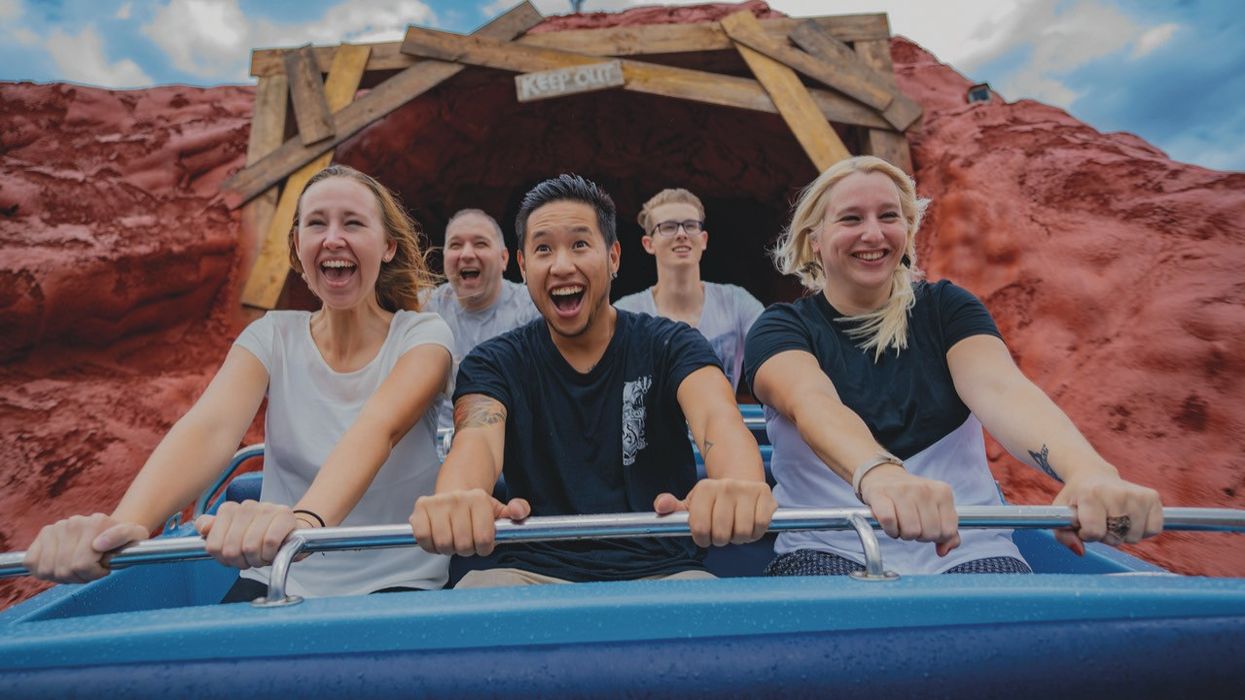

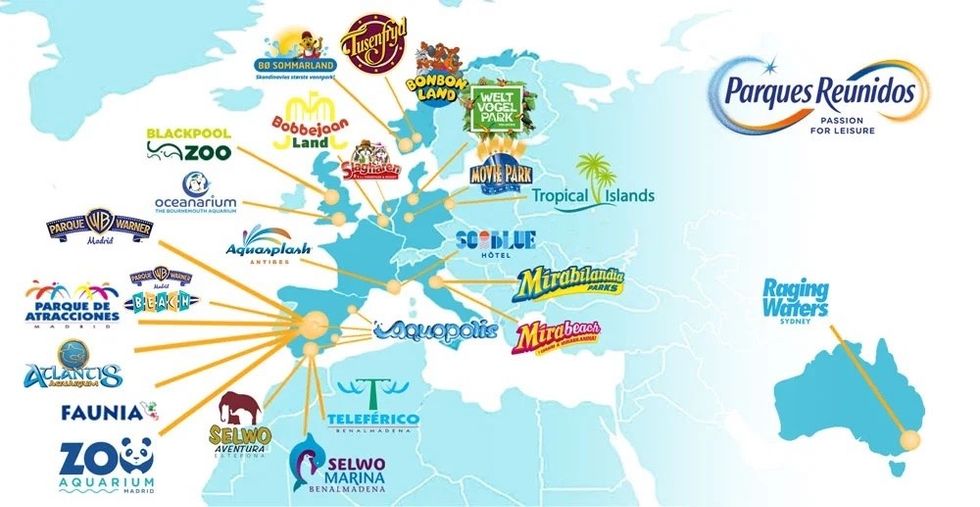
 Nickelodeon Land at Parque de Atracciones de Madrid
Nickelodeon Land at Parque de Atracciones de Madrid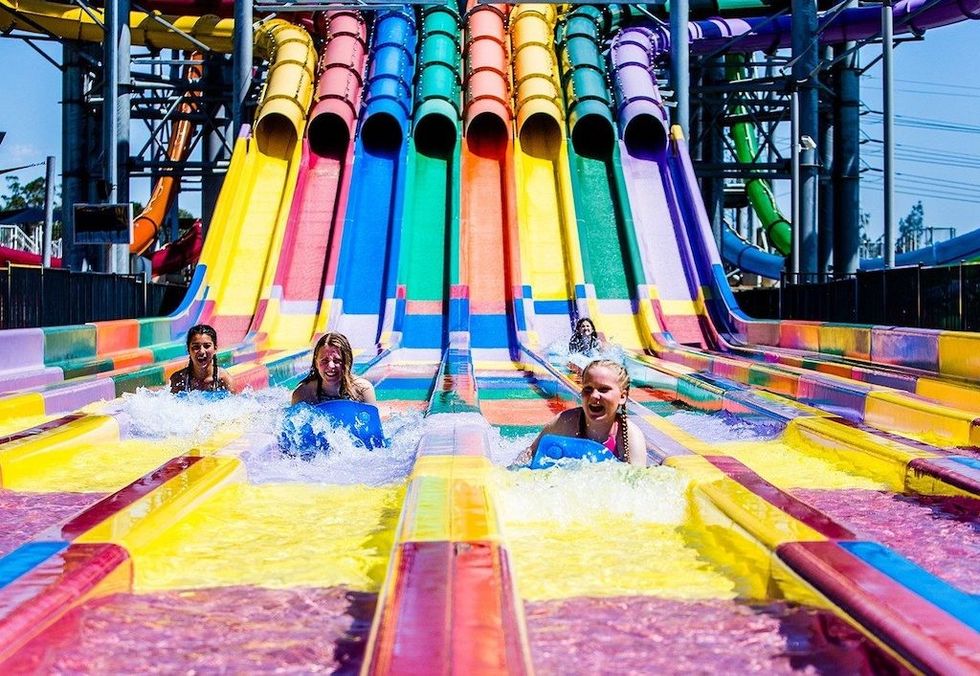 Raging Waters
Raging Waters 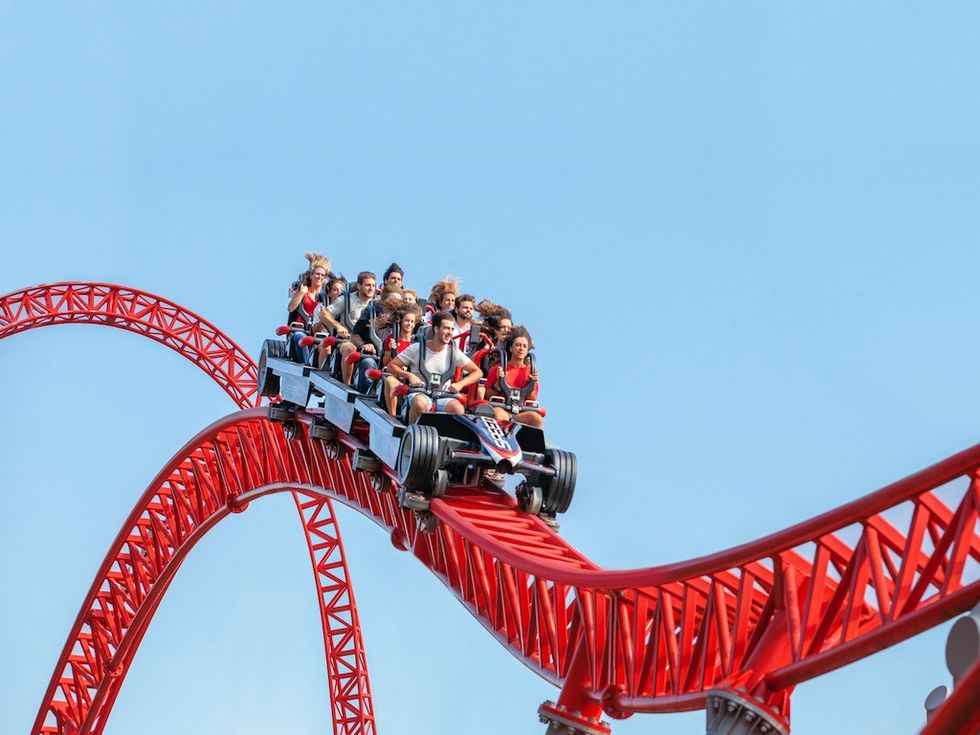 Mirabilandia's iSpeed coaster
Mirabilandia's iSpeed coaster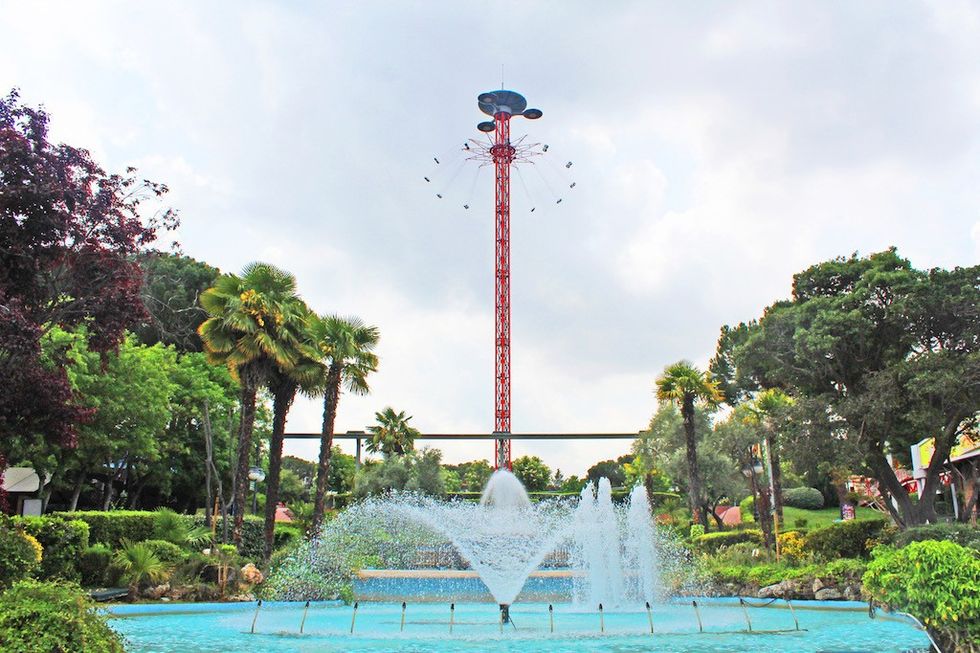 Parque de Atracciones de Madrid
Parque de Atracciones de Madrid Ferracci at the ribbon-cutting ceremony for Nickelodeon Land at Mirabilandia, with (left) Marie Marks, senior VP of global experiences for Paramount and (cutting the ribbon) Sabrina Mangina, GM at Mirabilandia
Ferracci at the ribbon-cutting ceremony for Nickelodeon Land at Mirabilandia, with (left) Marie Marks, senior VP of global experiences for Paramount and (cutting the ribbon) Sabrina Mangina, GM at Mirabilandia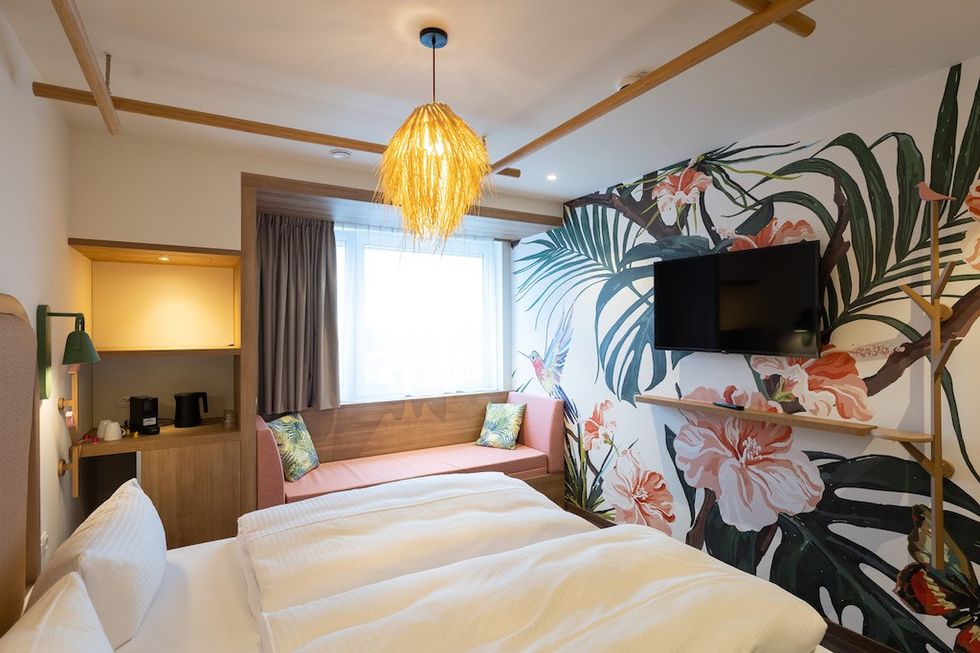 Tropical Islands OHANA hotel
Tropical Islands OHANA hotel Elephants at Blackpool Zoo
Elephants at Blackpool Zoo 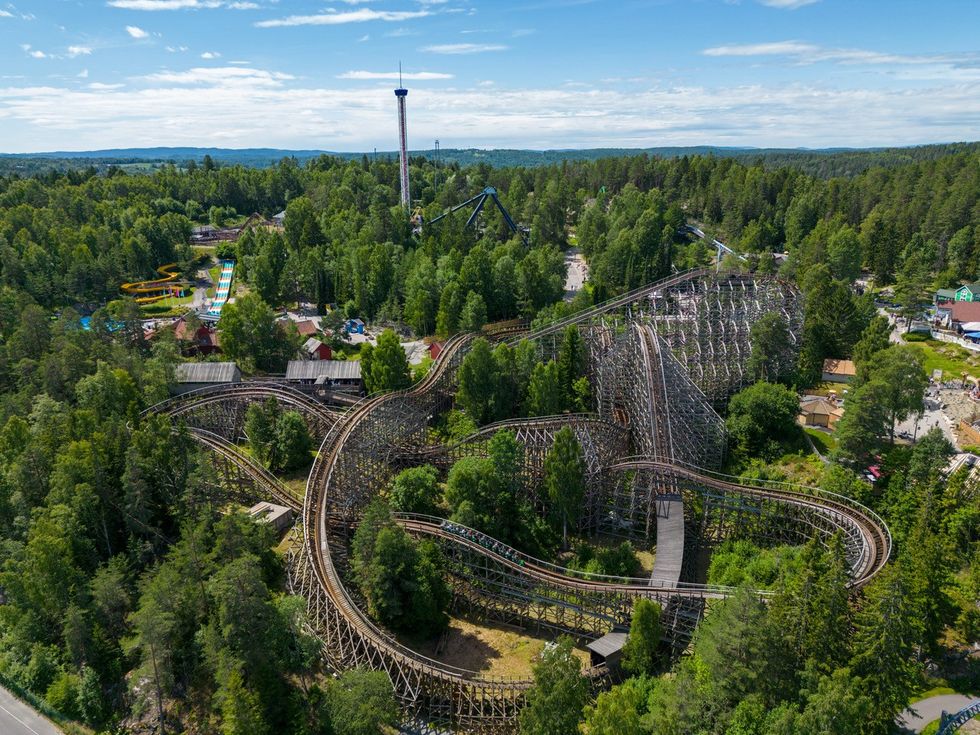 Tusenfryd
Tusenfryd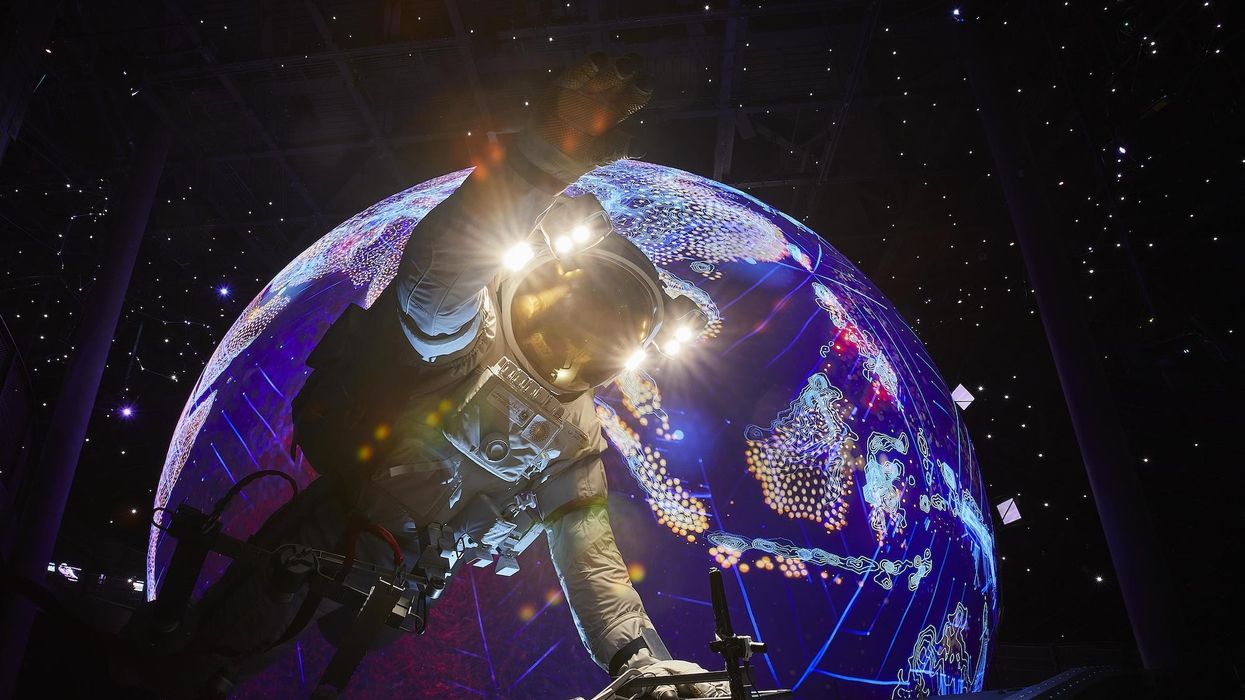
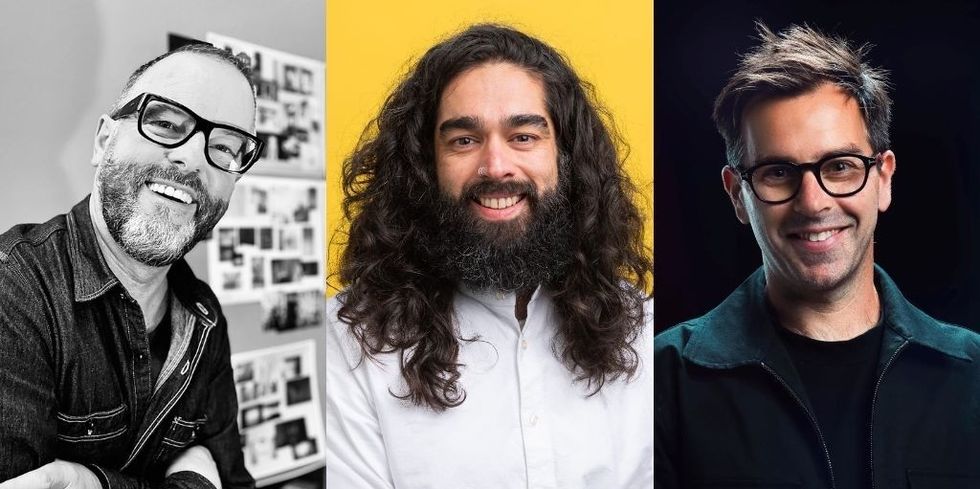 Andrew Thomas, Jason Aldous and Rik Athorne
Andrew Thomas, Jason Aldous and Rik Athorne
